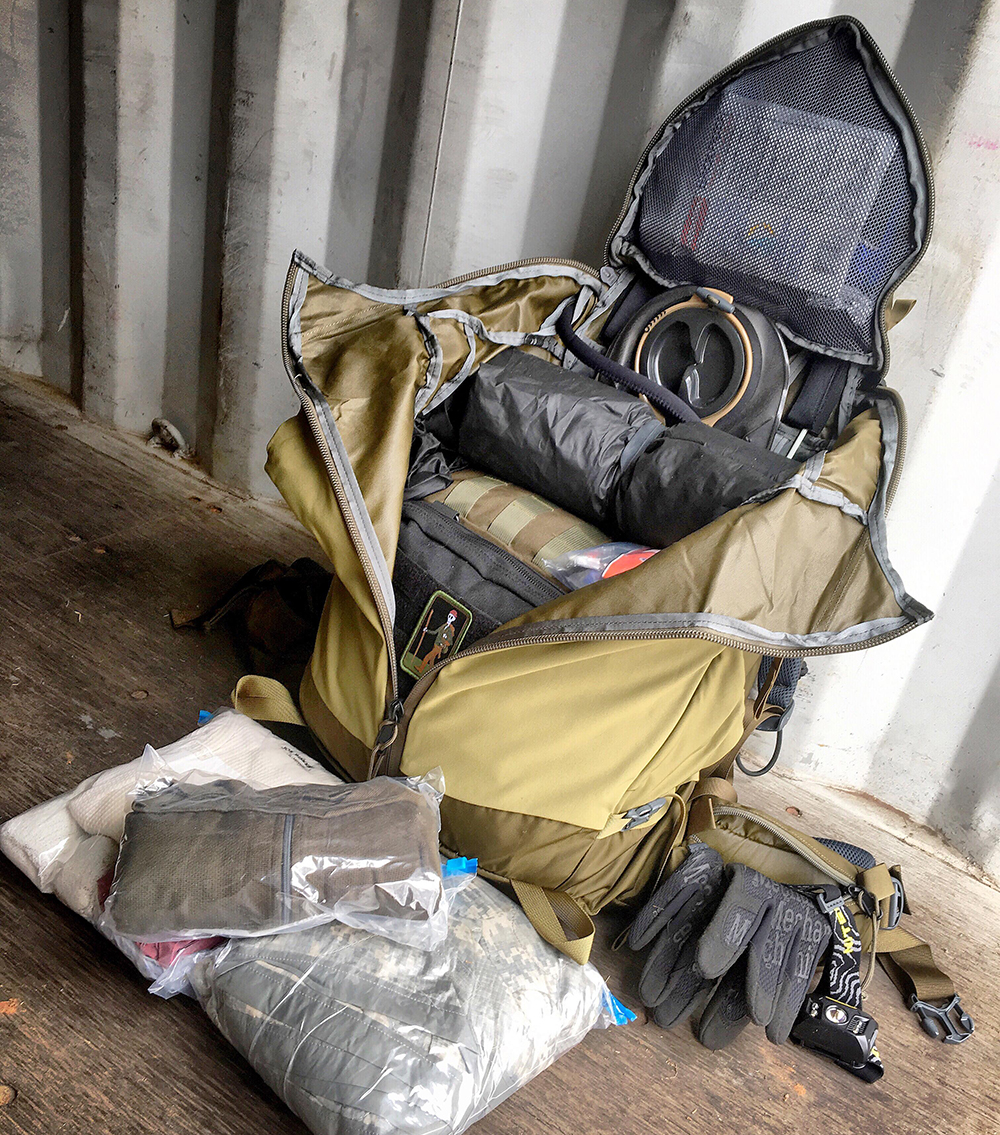This article originally appeared in Issue 15 of our magazine.
Illustrations by Sarah Watanabe-Rocco
The hard rain droplets sounded like small stones, popping against the windowpanes. Yet, you peered through the window anyway, trying to spot your father’s missing dog — you didn’t want to leave the animal behind. Your father was likely to refuse to leave if you couldn’t produce his missing dog, and the idea of leaving a beloved pet behind made you feel guilty.
The conditions worsened as each minute passed. Delaying your departure on account of the missing dog risked not making it out at all — and then where would your other loved ones be? The hurricane preparedness and survival plans you carefully made with your family began to fall apart because of a lost pet. You couldn’t get to your supplies, nor get your aging father to a safer location, and you could be stuck in a creaky old house that was likely to collapse in the storm all on account of whether that dog came back or not.
All of your disaster plans were about to be useless; you and your father might even die. You moved to the back door and called again, “Gus! Come here, boy! For the love of God, come here, dog!”
For this edition of What If?, we asked, what if a hurricane arrives 12 hours sooner than expected? And to find out how this story would unfold among different experts, RECOIL OFFGRID asked three different survival writers to tell you a unique story. In this installment, we’d like to introduce Candice Horner, who is a U.S. Marine Corps veteran, registered nurse, and competitive shooter with experience in federal law enforcement.
We also have we have Ryan Lee Price, a freelance journalist and outdoors enthusiast who has also contributed to the SHTF column in our sister publication, RECOIL. Finally, I have been a professional survival instructor for more than two decades, and written bestselling books on survival.
And this is what happens when the meteorologists get it wrong — really wrong.
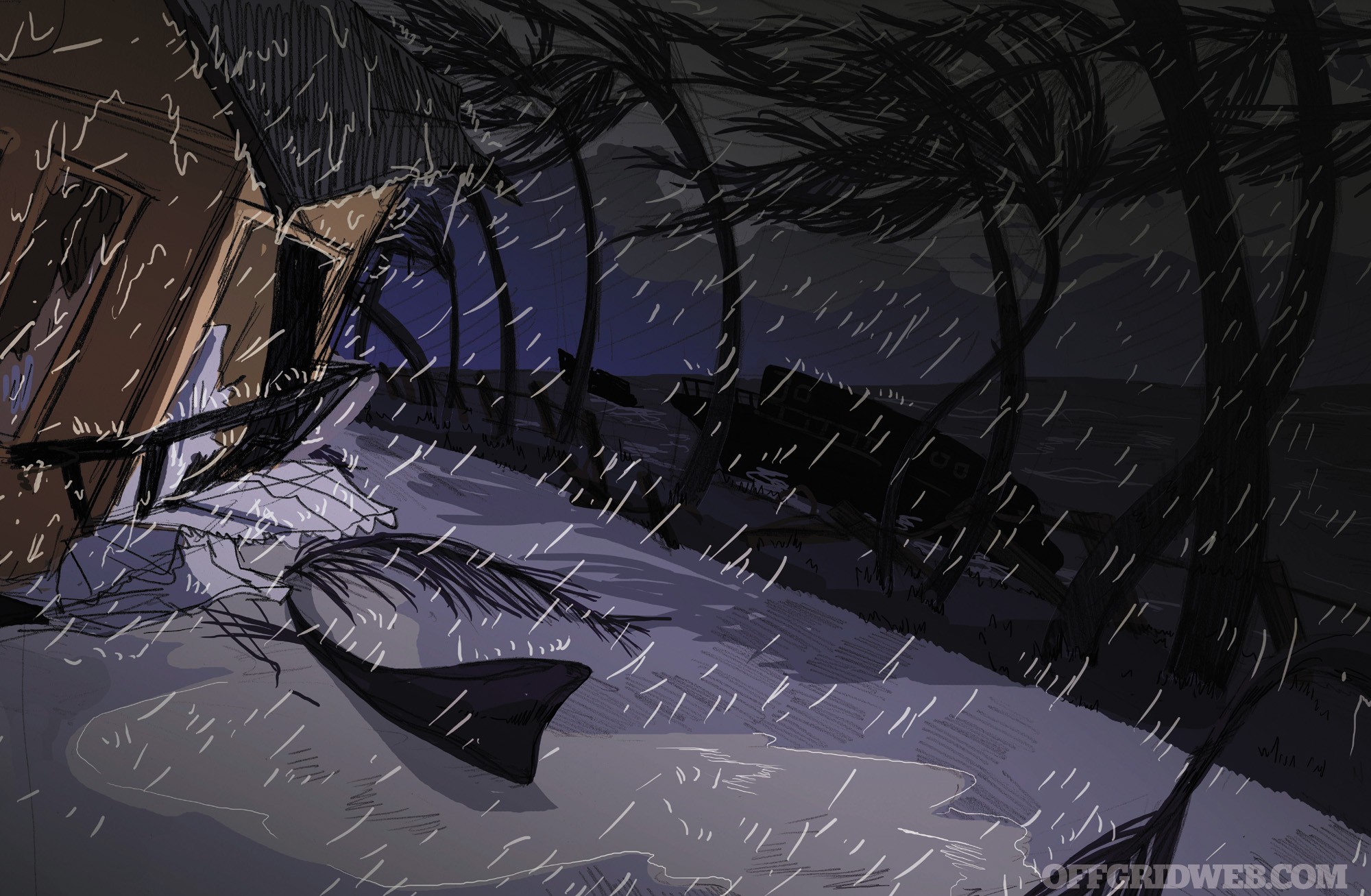
The Scenario
Situation Type
Hurricane
Your Crew
You (male, late 50s) & your father (late 80s)
Location
Tampa Bay area, Florida
Season
Late Summer
Weather
Cloudy, 90 degrees F
The Setup: In your late 50s, you’re the owner of an HVAC repair company in Tampa. The hurricane watch went into effect this morning, meaning scientists estimate it’ll be 48 hours before Hurricane Stuart hits land. Thankfully, if you bug out, you already have an evacuation plan and a 4WD truck. If you bug in, you have six months’ worth of food, fuel, and storm supplies to board up the house.
You text your 13-year-old daughter, Jazlyn, who lives with your ex-trophy wife, to make sure they’ve been following your prepping suggestions. No response. Jazlyn is your reason for living. So, you begrudgingly try your ex, Diana. Also no response. Next, you call your father, a frail man in his late 80s who’s living under the care of your older brother who, unbeknownst to you, left on a brief business trip. “Why didn’t he tell me?” you shout. You promise to make the one-hour, 45-mile drive after work to pick up your father in Bradenton and take him back to your house.
The Complication: You’re busy helping your father pack and trying to find his dog, Gus. He’s either hiding or run off somewhere. By now, Jazlyn texts you back to say they’re only just now out buying water and plan to shelter at your ex-wife’s house. When your ex-wife comes on the line, you tell her to instead go immediately to your house. She says she has everything under control and will shelter at home.
But, just then, you get a message on your phone. You pull it away to look at the screen: It’s an emergency broadcast alert. Hurricane Stuart has changed direction and could now potentially hit landfall within six to 12 hours. You rush to the backyard to look for Gus and notice that things have taken a turn. The skies are dark, the wind’s already fierce, and it’s raining hard. You have to move — now.
The New Plan: Do you transport your frail father and risk a detour to pick up your daughter in St. Petersburg, which is 26 miles away? Or do you focus on transporting your frail father and hope to persuade your ex-wife to drive your daughter to your house? And what about the dog?
Former U.S. Marine: Candice Horner’s Approach
Leave it to my brother to make my plans go awry. Even as kids, he couldn’t follow simple instructions. And now, as adults, he didn’t even have the decency to call me and let me know he’d be going out of town, leaving dad on his own for a week. Because of him, my preparations were all for naught.
Every time there was the slightest inclination of a tropical storm, my grandfather would default to his story about the hurricane of 1921. It was the last time Tampa had been hit directly. No one else in my family took grandpa’s story to heart, but I knew it was only a matter of time until Tampa would feel that level of devastation again. I grew up with the mindset of a prepper thanks to him.
As I stood there, on my dad’s back porch calling for Gus, I damned my brother. He told me not to worry about the dog. The strain of his inflection told me otherwise; I couldn’t leave Gus, he was the only loyal companion my dad had. Fortunately, even though dad wasn’t in great health, his mind was still very much intact.
He reminded me about Gus’ Pod pet tracker. He’d charged it earlier that day, so it should still give a good signal. At this point, I was going to have to prepare for the worst on the fly since we weren’t going to make it back to my house in time. I grabbed my Gregory Baltoro 65 go-bag from the truck and filled it with canned goods from the pantry, tossed in dad’s meds, and we were on our way.
I pulled up the Pod Tracker app on my phone, and we located Gus two miles north in the dog park, hiding under a bench. Once I had Gus in the truck, my dad’s mood drastically improved. It’s amazing what a dog can do for the human psyche. I didn’t know what the next 72 hours would hold, but I knew my dad was as safe and happy as possible.
Since Diana was never the amazing mother she should have been, dad wasn’t surprised when I told him our next stop was St. Petersburg. I absolutely could not depend on her to ensure Jazlyn’s safety. When I pulled into Diana’s subdivision, the streets were eerily abandoned. Then it occurred to me — all the smart people had already evacuated. I felt doomed until the instant rush of adrenaline hit me like a baseball bat to the face, awakening my senses to an internal “This is what I’ve been preparing for” reminder.
Diana answered the door with her stoic, Xanax-induced demeanor, to which I was no stranger. She greeted my dad with the same fake, Barbie smile she always used for him. He was so taken back by her appearance that he exclaimed, “Why are you falling out of your dress in the middle of the day at a time like this?! Put some clothes on young lady!” My poor dad remembered Diana as the 19-year-old girl I married. He had quickly forgotten the attention-hungry single woman she had become after our divorce. Before I knew it, the moment had gotten away from me and Diana threw on red high heels, grabbed her Coach purse, and stormed past dad and me with the same fury the wind was whipping up outside.

I screamed at her as she fought to open her car door against the force of the wind, “Where are you going?” She yelled back, “Screw you, I’m going to Becky’s Hurricane Party!” Without hesitation, and full of the same anger I had been holding onto for years, I shouted, “Good! Just what you deserve! You’re going to die trying to party with your friends, you idiot!” I turned around to my dad, with his jaw dropped in shock, staring at me like I had just insulted the Virgin Mary, and scoffed, “Don’t give me that look, you know how she is.”
Jazlyn was in her room, with headphones on; no wonder she hadn’t heard the yelling. I asked her if she knew her mom was leaving and she said, “Oh yeah, momma said bye and she’d see me later.”
I briefed her of the severity of the situation. Jazlyn immediately snapped into serious mode. All those years of her bearing witness to my prepping finally paid off.
We worked as a team to put the supplies into the safest room in Diana’s house. The ex-wife didn’t heed my warnings to install storm shutters on her windows, so Jazlyn and I used duct tape on the windows to try to prevent Hurricane Stuart from blasting glass shrapnel throughout the house. I remembered Diana went through a phase while dating her last boyfriend where she strived to be “outdoorsy,” as she put it. I dragged in the canoe and paddles she bought for the adventures she never had into the living room to save it from being swept away. If we ended up getting flooded, I felt the canoe would be our saving grace.
I tried calling Diana countless times, but the cell towers were likely jammed with countless people trying to contact their loved ones. I never was able to get through. Dad, Gus, Jazlyn, and I retreated to the guest bathroom once the hurricane hit. We had the canned food from my dad’s, the water Jazlyn and Diana bought, and the flashlights and a first-aid kit from the go-bag I kept in my truck.
Hurricane Stuart thrashed throughout the night and into the next day. There was a brief moment where everything was silent, and I could tell everyone else was getting some much-needed sleep. I don’t know when I drifted off, but I woke with water hitting my ankles. In true hurricane fashion, we were caught in a flood.
We loaded into the canoe and paddled inland until there was no more water beneath us. Relief workers guided us to a shelter. The faces of despair were uniform, but I was just relieved we had made it to safety. Three days later, I learned that Diana still had me as her ICE (in case of emergency) contact. Her red Volkswagen Beetle had been swept away by a couple feet of water. Her body was found in her car in the bottom of Riviera Bay. I only wish my last words to her hadn’t been so harsh.
Average Joe: Ryan Lee Price’s Approach
Though I’ve lived in Florida for 40-plus years and have seen a lot of hurricanes sweep through the state, I’ve only been renaming them after my ex-wife for the last few years or so. Like hurricanes, she came into my life, stuck around for a little while, and destroyed everything. After the divorce, Diana and her implants settled in St. Petersburg on the north shore of Tampa Bay — there’s a delightful 16-mile buffer between St. Petersburg and Tampa, where I live. If it weren’t for our 13-year-old daughter, Jazlyn, it’d be 16,000 miles (and still not enough).
My dad spent the last few days trying to convince me Tampa was the best place in Florida to weather a hurricane. He reminded me it’s witnessed near-misses since 1921, but hasn’t been hit recently. This one barreling down on Miami called Hurricane Diana — I mean, Hurricane Stuart — wasn’t going to miss, I explained to him, which was why I was standing in his bedroom in my brother Jeff’s house in Brandenton, while he pulled together some clothes and personal items for the trip back with me. I had everything we’d need to ride out this storm at my house. Every now and again, I peeked outside to see if his old dog, Gus, had come home yet, and he hadn’t. Damned mutt.
I’d been on the phone with the shrew a couple of times already today, and she insisted that everything was well taken care of. I wasn’t convinced her emergency stash was anything more than a few bottles of Chardonnay and a box of vegan cookies, At least she didn’t mention Carlos’ name, but I knew that son of a bitch was in the picture somewhere (and he wouldn’t marry her because my checks would stop coming).
Hurricane Stuart took a dump on every emergency plan within 400 miles of Tampa as the storm shifted north with its eye expected to pass directly over Tampa hours earlier than expected. Plans of getting my father to my house ahead of the storm began to look unlikely, as the half of Tampa Bay that wasn’t hiding in their bathtubs would be headed north, too. The roads would be congested; at least the ones that remained open. We’d need to stay at Jeff’s house, prep for the worst, and hope for the best.
After a shouting match with Diana that may or may not have involved a tapestry of swearing, I convinced her to put Jazlyn in her car and come to Jeff’s. Her route was actually heading into the hurricane’s path, but because they were going against the expected evacuation route, they’d be able to get here quicker than I could get there. We were south of Tampa and wouldn’t get the brunt of the hurricane, but the problem for her was the Sunshine Skyway Bridge, a 4-mile bridge across Tampa Bay that connected St. Petersburg with Palmetto. If they hurried, I explained, they’d make it. Carlos was at his mother’s in Largo, she said, but he has a four-wheel-drive. Yippee for Carlos.
It should take them only 30 or 40 minutes to make the distance (if all went well). During that time, I started to get the house prepared for the onslaught if we couldn’t make it out. I had no plans of staying here, and I really couldn’t care less about what happened to my brother’s house, but I’m one to always have a plan. Once Diana and Jazlyn got here, we’d immediately head inland; a hurricane’s biggest natural enemy is land, and if we got far enough east — maybe to Zolfo Springs off of 64 or perhaps even to Avon Park — we should be OK.
The news had been atwitter about storm surges, tsunami-like floods that can quickly put 20 feet of water over our heads. There’s a common phrase among survivalists in Florida: Good survival plans shouldn’t involve being rescued from your roof.
I had my truck with me, of course, and it was ready to go. In the meantime, just in case, I prepared an Alamo upstairs in a bedroom closet; it didn’t have windows and was surrounded on all sides by other rooms. If flooding started, we’d be forced to move up there.
I raided my brother’s pantry of all easily consumable foods and put them all in a box in the truck. He led a bachelor’s life, so it was mostly beans, canned fruit, and sliced bread. It’d do if we were stuck somewhere for a few days.
We scrounged a couple of flashlights, all the blankets in the house, and a couple of my brother’s old bicycle helmets. The house didn’t have storm shutters for the windows, but my brother had fairly heavy curtains on all the downstairs windows, so I nailed them tight to the walls and piled the couches up against the west side of the house — the direction the Hurricane was coming from. It might keep out some of the light debris, but if we got in the middle of 200-mph winds, we wouldn’t have to worry much about it, as the house would likely be completely blown away. I filled the upstairs bathtub with water in case we had to stay and needed drinking water.

No word from Diana or Jazlyn. Texts bounced back and calls went unanswered. Service was likely interrupted as the weather radio said everyone north of Sarasota — including us — was being evacuated. Any roads going north would be impassible. Maybe we’d go south instead. I didn’t need a map because I’ve lived in Florida all my adult life, but I put one in my bag anyway.
Finally, the damn dog decided to show up, right as a police cruiser came down the street announcing the evacuation. Behind him was Diana and Jazlyn in my ex’s Volkswagen Beetle (a two-wheel-drive vehicle — smirk). I ditched half of everything they brought with them, with the exception of extra jackets and Jazlyn’s rain boots, and hurriedly threw their stuff in the back. The four of us piled in my truck and I pointed it east. There were four main paths out of town —State Road 64, State Road 70, Interstate 75, and Route 301 — all of which my dad figured would be jammed by evacuees. He was right.
Our best bet was the 64 — which led from the least populated part of Bradenton through an agricultural area — and we could pick through country roads, if necessary, to avoid congestion. All was going well until we got across the bridge at Lake Manatee, when the hurricane struck with a ferocity I had never seen before. Visibility plummeted to zero and the gale forces nearly pushed the truck off the road. Going further was too dangerous. Kibler Ranch Road was a raised dirt road heading south from the 64, and next to was a deep culvert.
I took a right and pulled off the road and down into the field. Because the road was raised, it offered just barely enough cover from the winds. I aimed the truck into the wind, hoping the windshield wouldn’t shatter if it was hit, and ordered everyone onto the floor. In the field, the truck rocked in the wind and debris thumped against the body and pelted the windows.
There was nowhere to go and nothing to do but hold on. Then something huge hit the truck — everything was upside-down and weightless. Screams drowned out the thundering wind.
Perhaps it would have been a better idea to stay at my brother’s.
Survival Expert: Tim MacWelch’s Approach
Any spare time that I thought I had vanished from my mind after hearing the emergency broadcast. “Dad, the storm’s coming faster — we have to leave, dog or no dog!” These harsh words hit my feeble old father as if I had struck him with my hand. “I’m not leaving without Gus,” he declared. Yes, time was against us, but I decided that I could spare five minutes. And when that time was up, we’d leave no matter what.
Dad mentioned that there was a spot dug out under the low back deck that the dog liked to lie in. I threw on a raincoat, buttoning it as I moved through the back door. The raindrops were fat and moving fast, stinging my face and hands as I walked quickly to the edge of the deck. Leaning down and looking underneath, I caught a glimmer of eyes shining in the darkness. It certainly could have been the dog, or something else entirely.
I reached under the deck and felt warm wet fur then a collar. Grabbing it, I dragged the terrified animal into my arms. The 40-pound mutt was shaking violently but, thankfully, he didn’t bite me.
As I came through the door with Gus, my father beamed with joy. He reached out, but I said he could pet the dog once we were in the truck. I felt oddly like a parent, bribing a stubborn child to get a desired behavior, but it worked.
With my father and his dog in the truck, I went back for his bags and brought them out. Finally, after far too much delay for my comfort, I started the engine and headed out onto the road.
Leaving the subdivision, I could see that driving would be treacherous. Palm leaves, Spanish moss, and broken branches littered the streets, and these were camouflaging bigger branches, which wouldn’t halt my 4×4, but could stop smaller vehicles. And if that wasn’t bad enough, the blinding sheets of rain had dropped the visibility to 50 yards, sometimes less. Truly, these were the worst conditions I had ever tried to drive through. But where would I go?
I thought about taking my father directly to my house, a treasure trove of preparedness. But as any decent parent could tell you, my first thoughts were of my child. I had collected my remaining parent, now I couldn’t imagine anything else but getting to my only child. I decided that I was heading straight for my daughter. I tried to call Jazlyn over and over as I drove, and I even tried her mother’s phone in desperation, but the results were the same each time: a beeping pulse, like an old-fashioned busy signal, then nothing but silence.
There was no way to reach them now, unless it was face to face. I had a few days’ worth of food, water, and other supplies in my truck, as I always did. Even if we got stuck somewhere, we wouldn’t be completely helpless. But we were painfully vulnerable driving under those conditions.

The trip took 90 minutes of white-knuckle driving, even though it’s normally just a half-hour ride from my brother’s house to my ex’s home. As we pulled up to the house, a feeling of desperation swept over me. My ex-wife’s car was gone!
I jumped out of the truck and pounded on the door. No one came to answer it. They were gone, and I had no idea where my little girl was.
I climbed back into the truck. I tried calling them again, but only got more of the busy tone. The lines must have been flooded with calls, loved ones trying to find each other before the storm’s full fury hit. Or the cell towers were out. The wind gusts were growing more intense as the darkness increased, and they rocked the truck with each new blast. As I sat in the swaying vehicle, engine idling, I didn’t know what to do.
We were still 40 miles from my home, and there were no guarantees we could reach it now. After a few moments of utter despair, the “bing” from my truck’s instrument panel brought me to my senses. The low-fuel light had come on. We weren’t going anywhere, especially without fuel. It was time to seek shelter. This time when I exited the truck, I had a plan in my head. I circled the house to the back, and broke one small pane on the glass door — near the knob. I reached inside and unlocked the door.
Once inside, I opened the front door and brought in my father and his still-shaking dog. I returned for his bags, and again for the supplies in the truck. We’d have to take shelter in my ex-wife’s home until it was safer to go back out again. I didn’t feel too bad about it either. First, I knew she would absolutely hate the idea that we were here, and it amused me. And secondly, I paid for most of this house in the divorce, so I had no small sense of ownership in the home.
The power was out, so we had no lights or TV, but there were plenty of candles to burn for lighting. I used a roll of duct tape from the truck to seal up the broken pane in the glass door, and I set out metal pots from the kitchen to collect rainwater. Then my father and I settled in for a long and likely stressful night.
A little after 11 p.m., I finally reached my daughter by phone. I could tell she was on the verge of tears when she answered the call, and she wasn’t the only one. She and her mother had gone to a friend’s home, just a few miles down the road. And she actually laughed a little when I told her that we were at her mother’s house. After double-checking that they had enough of everything they needed, I hung up the phone and finally fell asleep, overtaken by pure exhaustion.
When there was enough light to wake me in the morning, I looked outside to steady hard rain, but the wind had died down significantly. And just a few hours later, even the rain was becoming intermittent.
My father and I had helped ourselves to some sandwich-making in the kitchen just prior to noon. As I finished cleaning up most of our mess, I heard a vehicle screech to a halt in the driveway. The hair stood on the back of my neck. I knew who it was. Somehow, I was more scared now than when I was driving through the hurricane. I heard the keys jingle at the door lock, and then a muffled curse when she realized it was open. In burst my hated ex-wife, with my beloved daughter close on her heels.
“Daddy!” she cried. She hadn’t called me that in years. She ran to me for a hug and kindly placed herself between me and her mother. She said nothing — but just stood there with her arms crossed, directing a venomous stare upon me. I closed my eyes to shut out her Medusa-like gaze, and hugged my daughter even tighter. I thought to myself, If I can survive a storm like that and an ex-wife like this, I can make it through anything.
Conclusion

Although we can never be certain of the exact number, Atlantic hurricanes have killed at least 18,000 people and injured countless others over the last two decades alone. The worst of these storms was Hurricane Mitch in the fall of 1998. This deadly hurricane hit Central America, the Yucatan peninsula, and southern Florida, taking approximately 11,000 lives before it lost its considerable strength. Yes, hurricanes and cyclones are a global hazard and, worse still, an annual hazard.
Summer and fall seasons contain the right conditions to spawn these superstorms in the Northern Hemisphere. And, it’s just a matter of luck whether one of these meteorological monsters strike your coastal hometown or not. Even away from the coast, these storms can generate massive systems of rain, which can lead to deadly flooding.
So how do we live with weather that wants us dead? We plan for storm season before it arrives. We stay alert to systems that could impact our area. And we gather our loved ones and leave while we’re still able to leave. It’s a simple formula, and it’s one that has kept human beings alive for millennia.
Be prepared, be alert, and be ready to move out of harm’s way.
Meet Our Panel
 Tim MacWelch
Tim MacWelch
Tim MacWelch has been a survival instructor for more than 20 years, training people from all walks of life, including members from all branches of the U.S. Armed Forces, the State Department, DOD, and DOJ personnel. He’s a frequent public speaker for preparedness groups and events. He’s also the author of three New York Times-bestselling survival books, and the new Ultimate Bushcraft Survival Manual. When he’s not teaching survival or writing about it, MacWelch lives a self-reliant lifestyle with his family in Virginia. Check out his wide range of hands-on training courses that are open to the public at www.advancedsurvivaltraining.com.
 Ryan Lee Price
Ryan Lee Price
Ryan Lee Price is a freelance journalist who specializes in outdoor adventuring, emergency preparedness, and the automotive industry. He has contributed to the “SHTF” survival column for our sister publication RECOIL Magazine and is a longtime hiking and camping enthusiast. He currently resides in Corona, California, with his wife Kara and their two children.
 Candice Horner
Candice Horner
Candice Horner has the heart of a prepper, but the traveling schedule of a gypsy. Ever resourceful, this U.S. Marine Corps veteran and emergency room/prison nurse has a honed and refined skillset, focusing on adaptability and utilizing the tools on-hand. As a competitive shooter, Horner is often on the road, so she’s usually rolling with a go-bag, a survivalist mentality, and enough firepower to have your back in a SHTF scenario. www.recoilweb.com / www.candi323.com


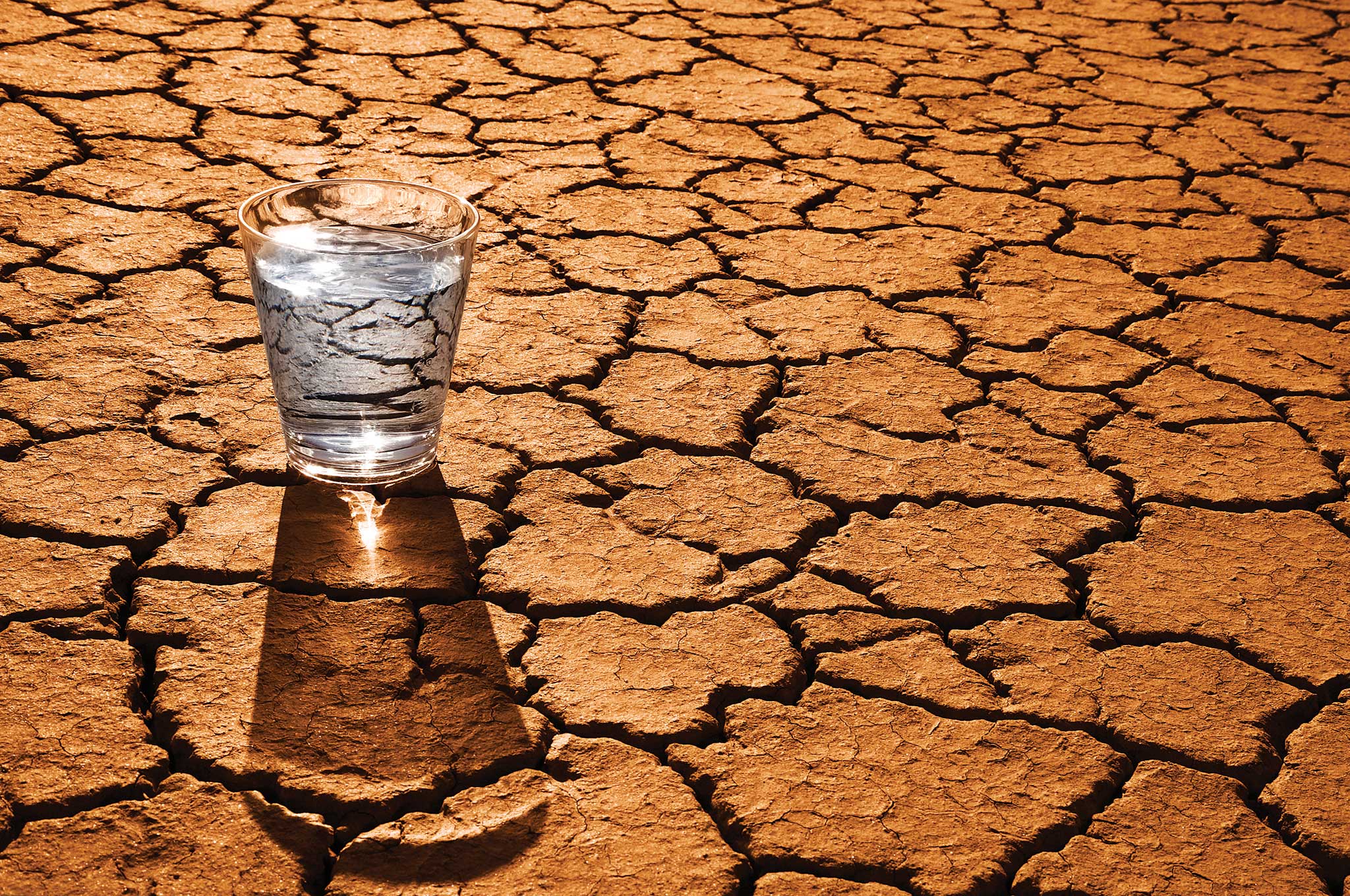
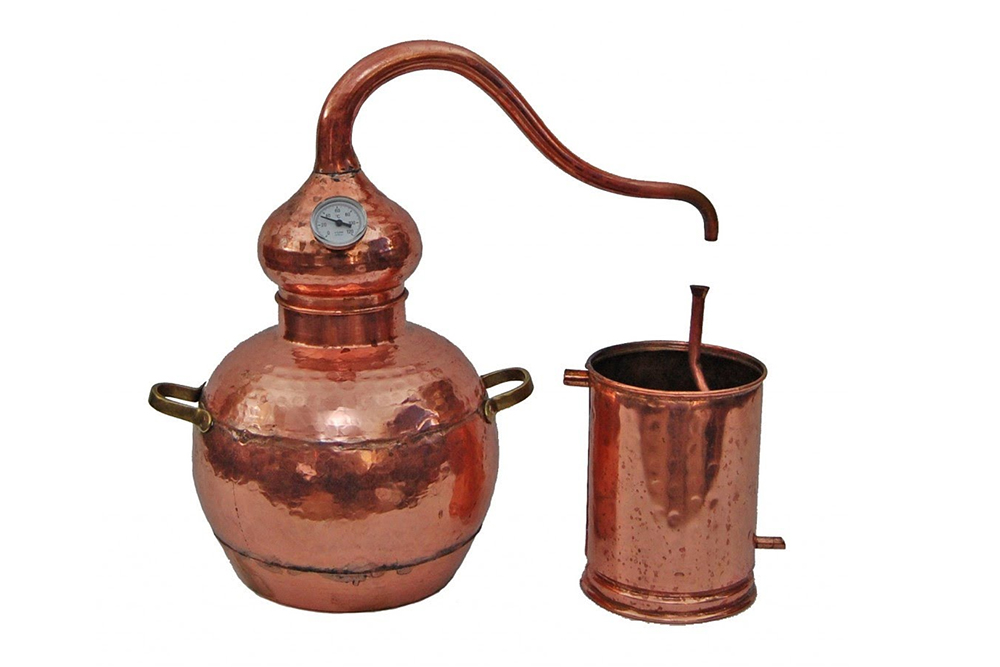
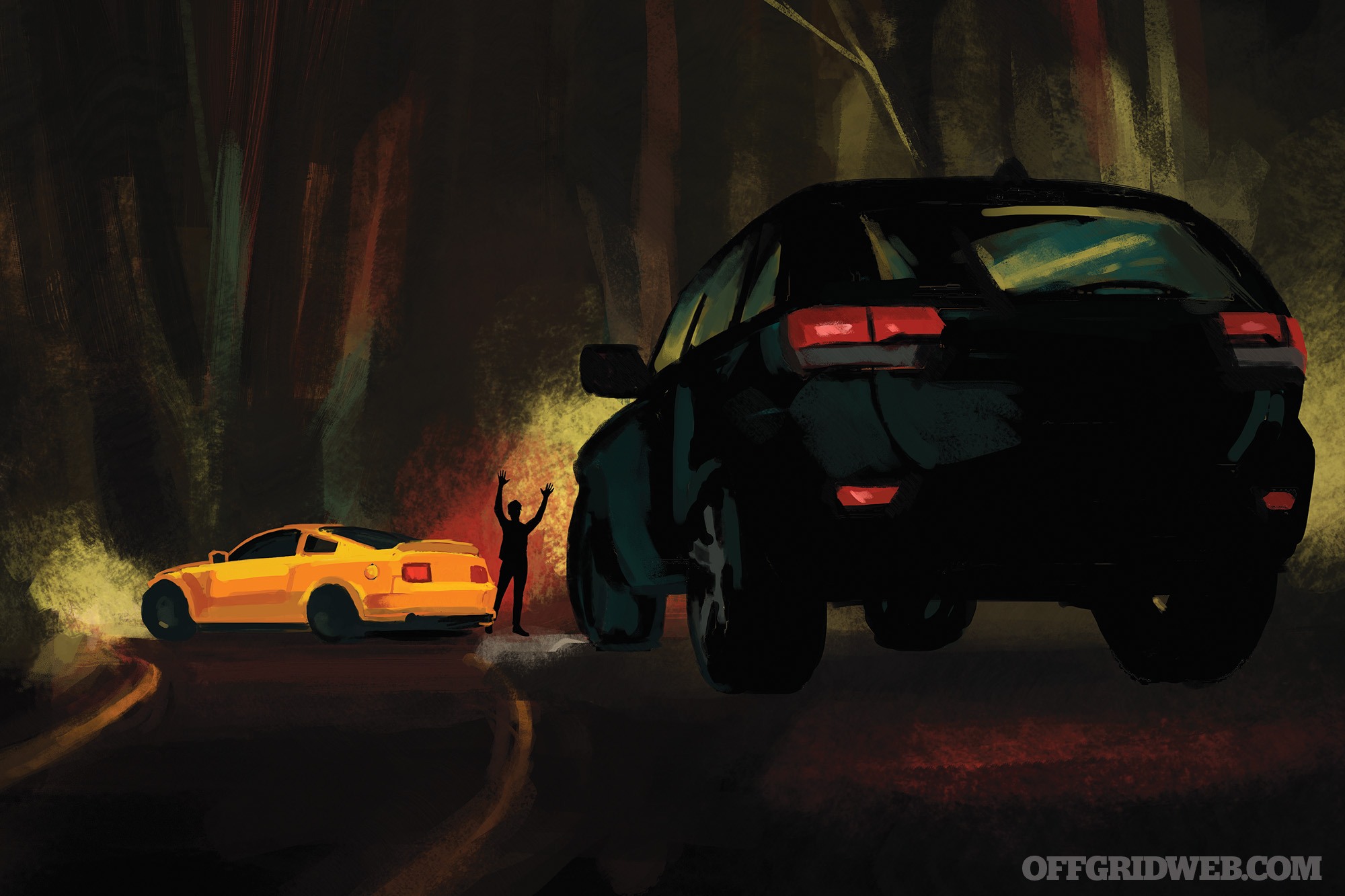



 Tim MacWelch
Tim MacWelch Chad McBroom
Chad McBroom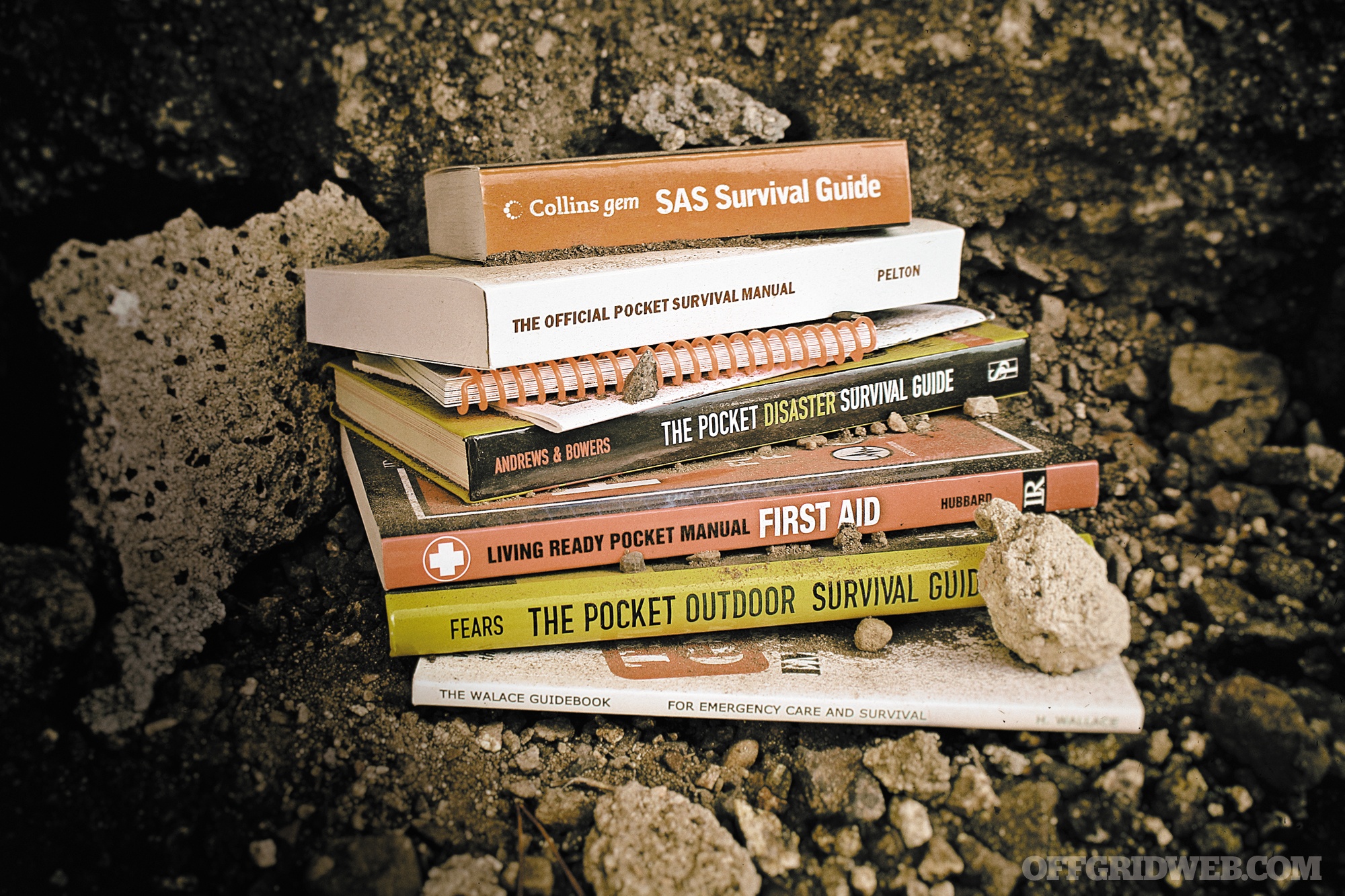

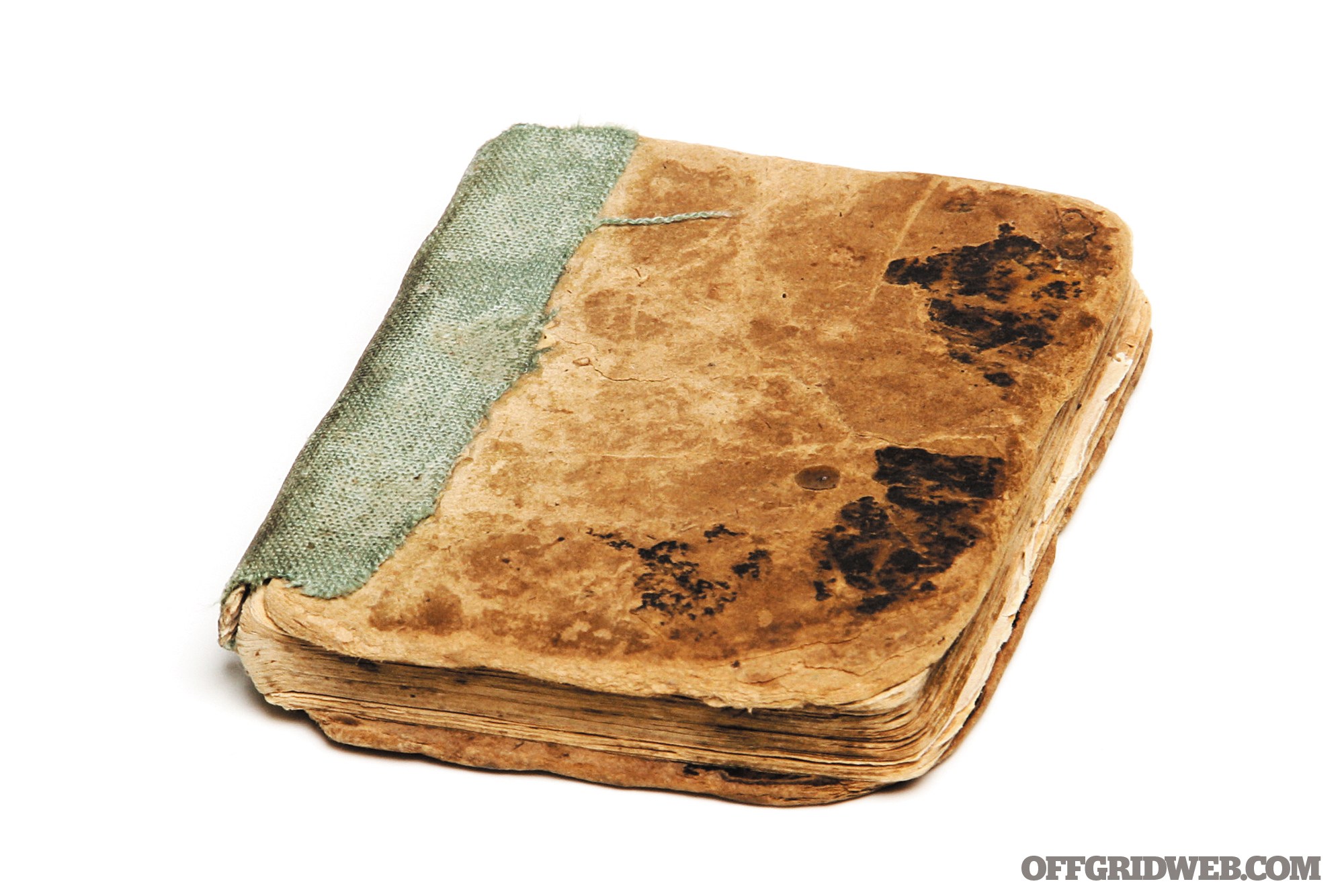
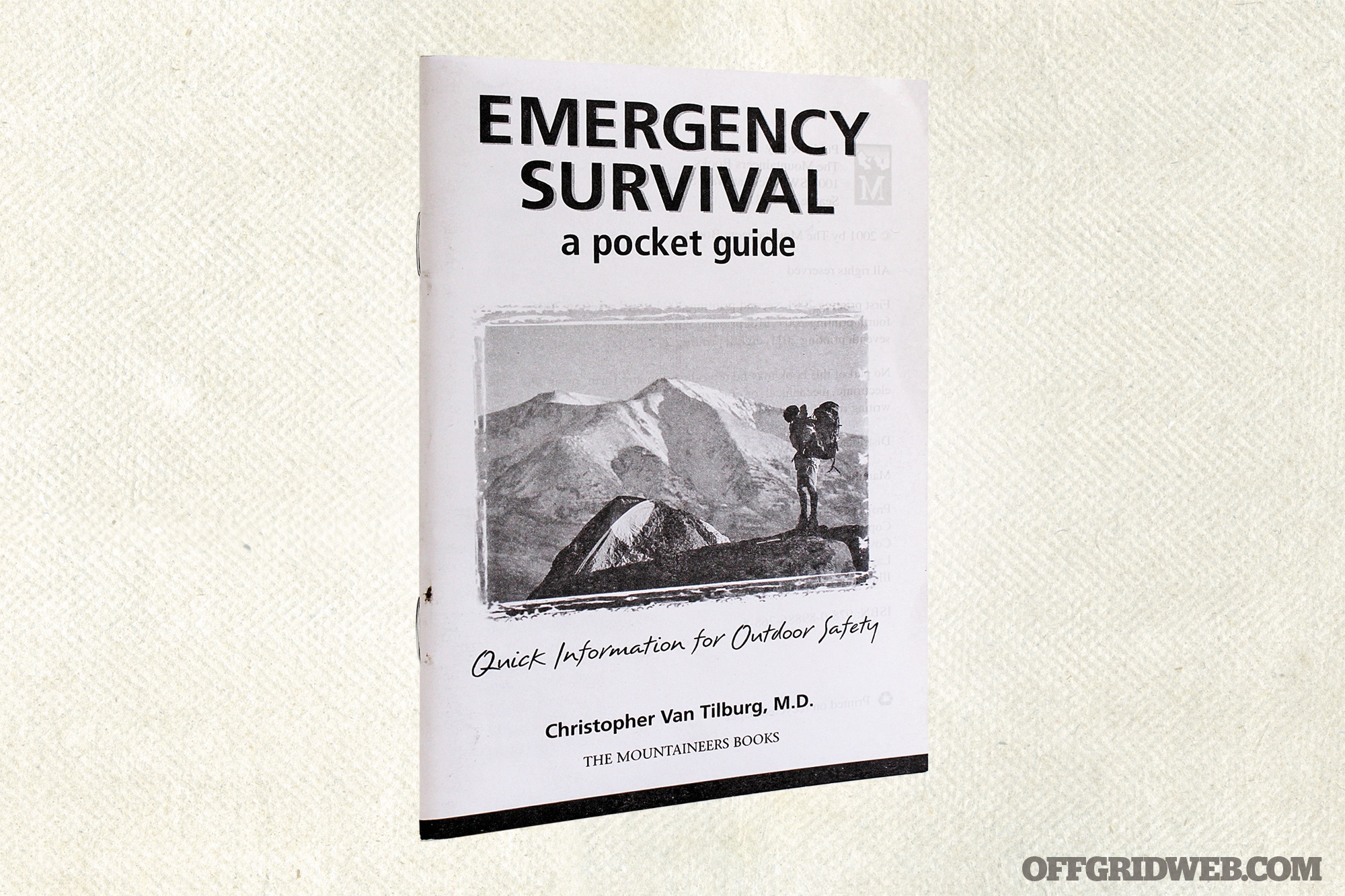
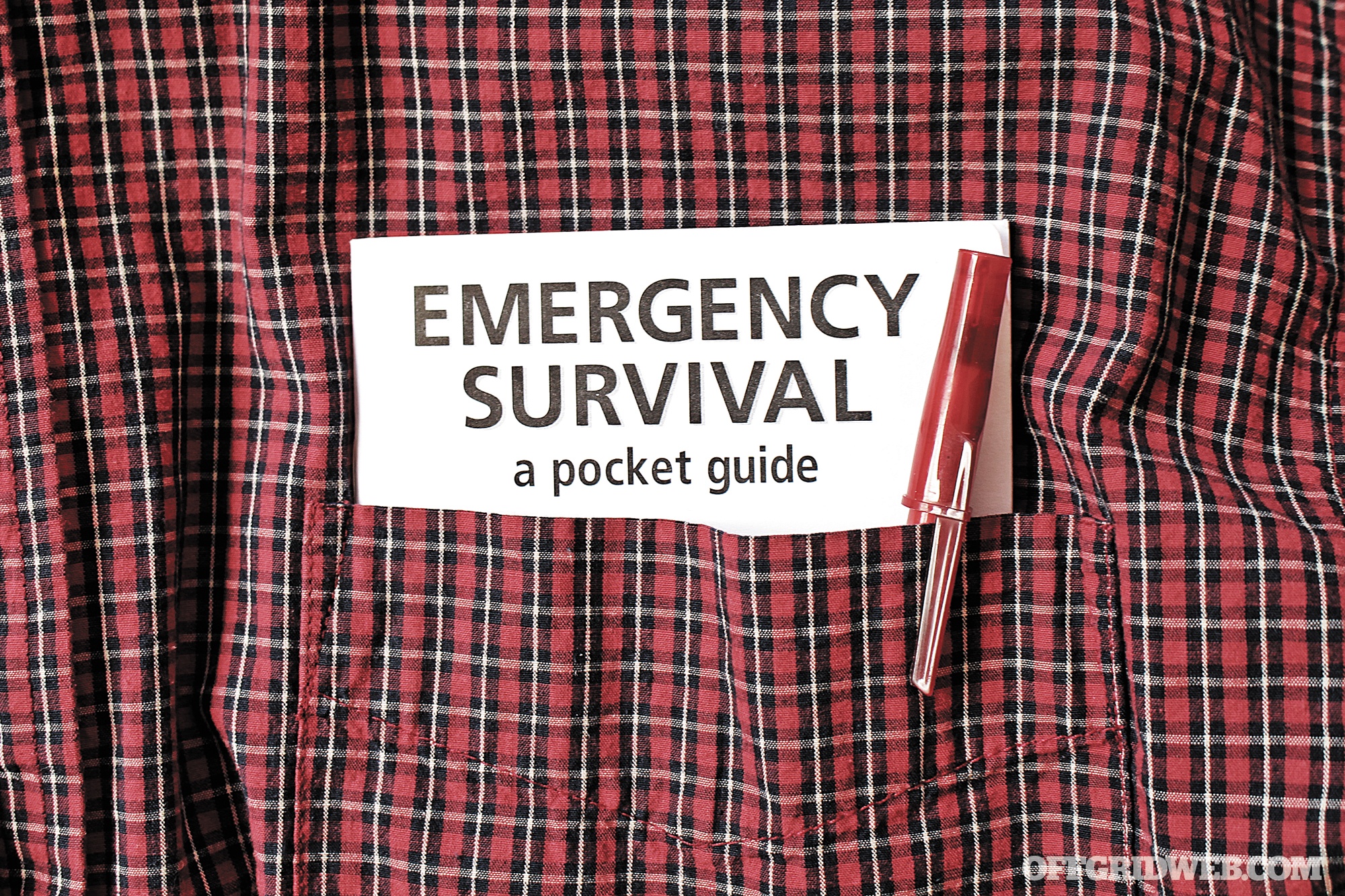
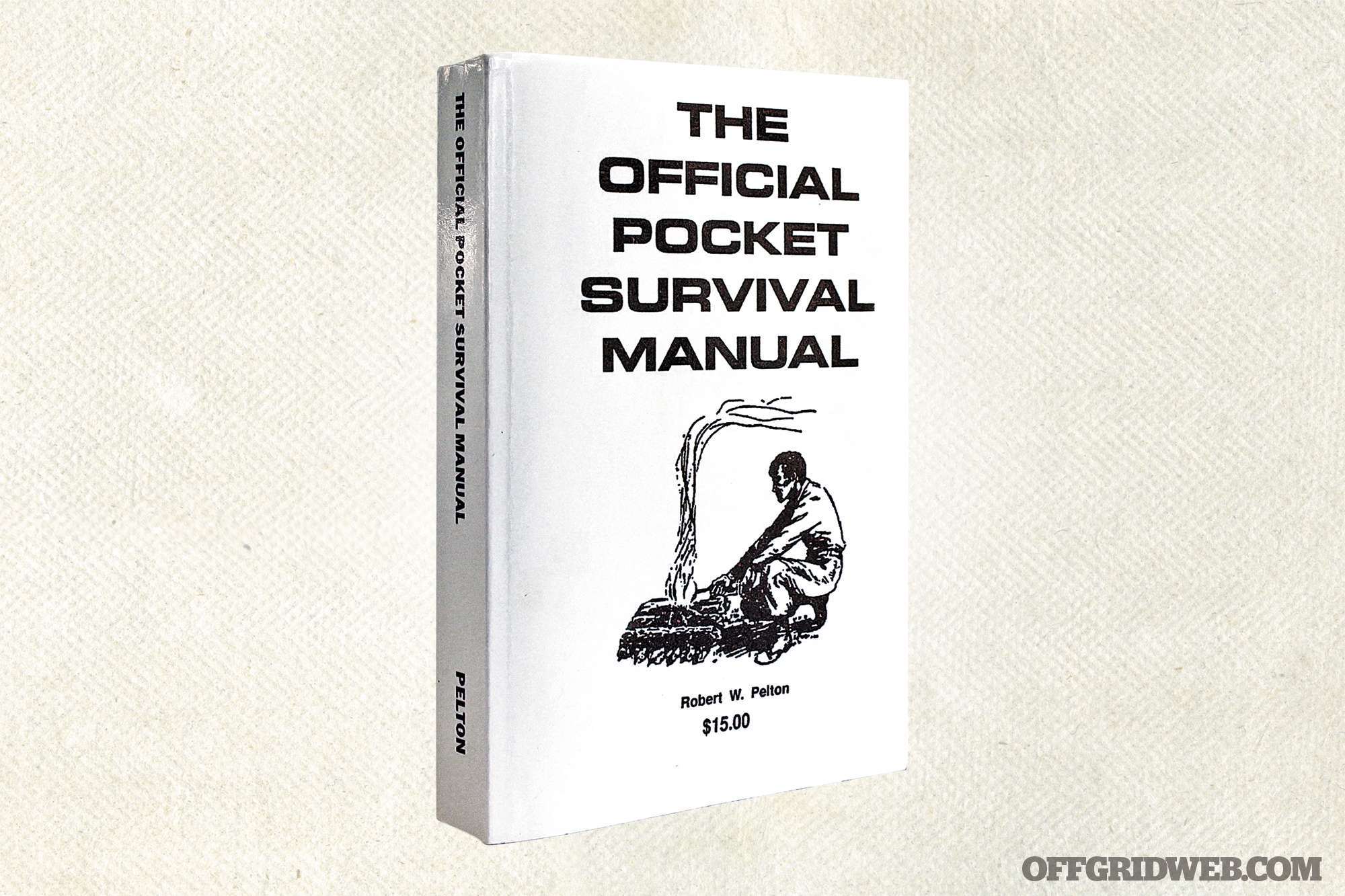
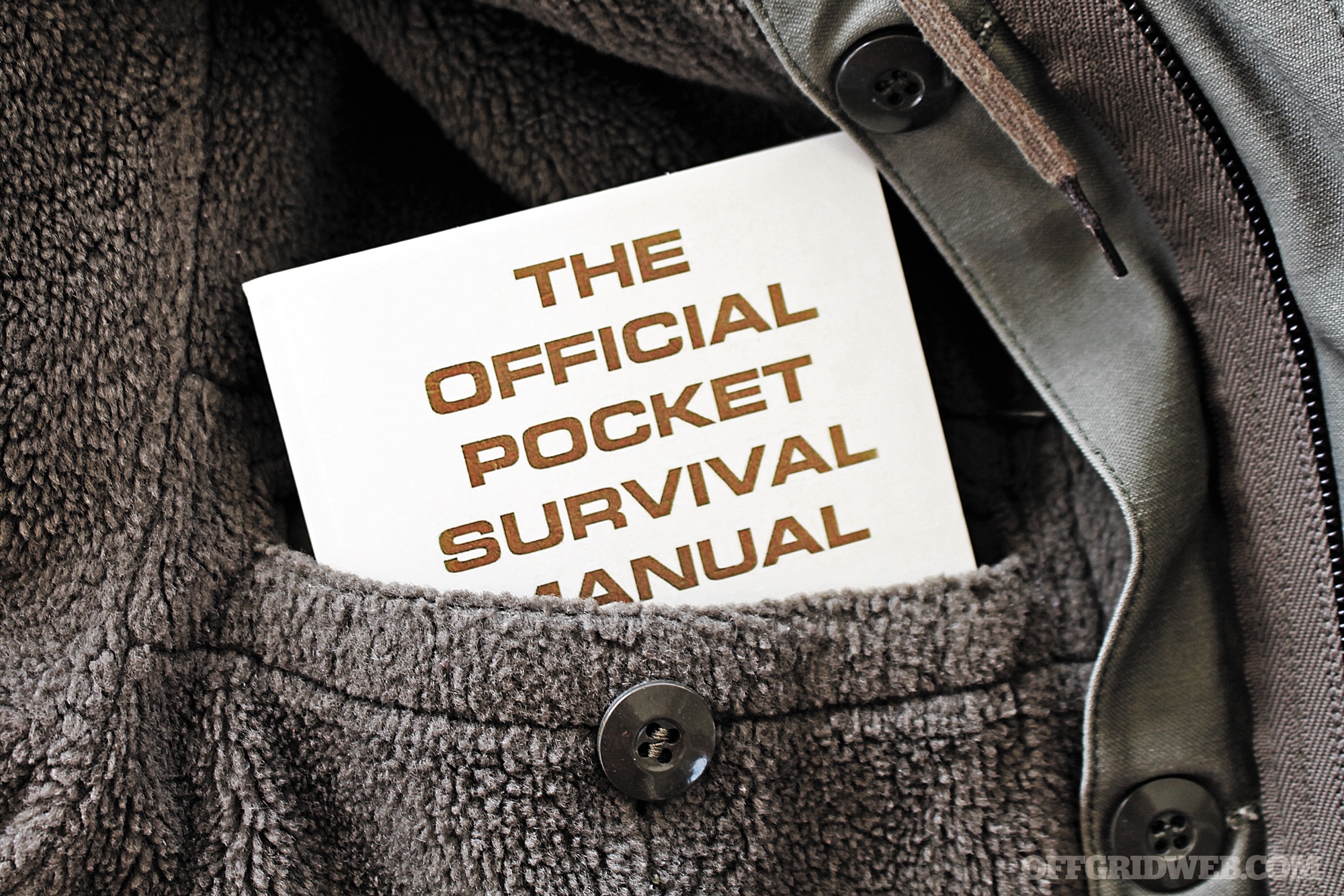
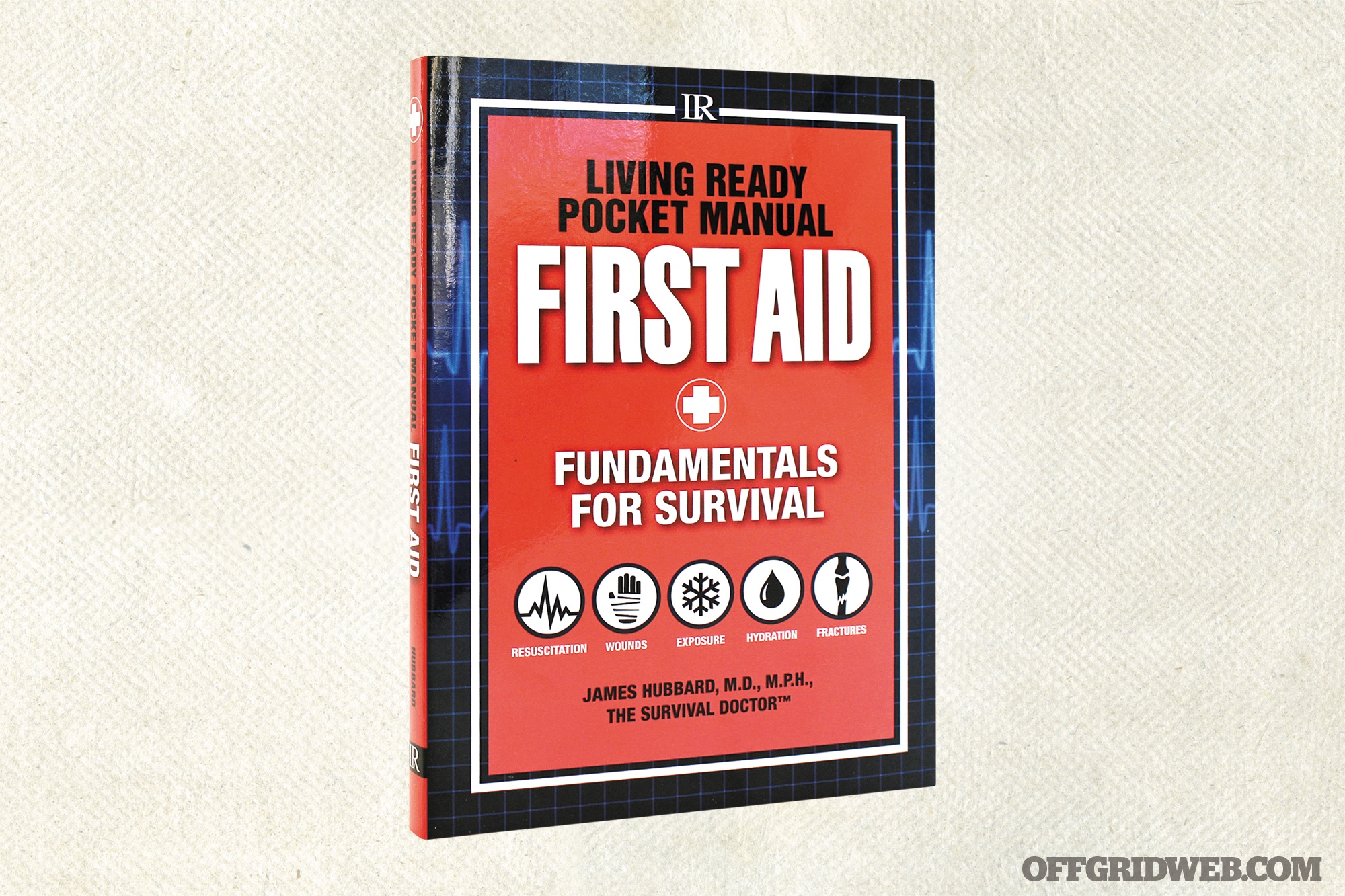
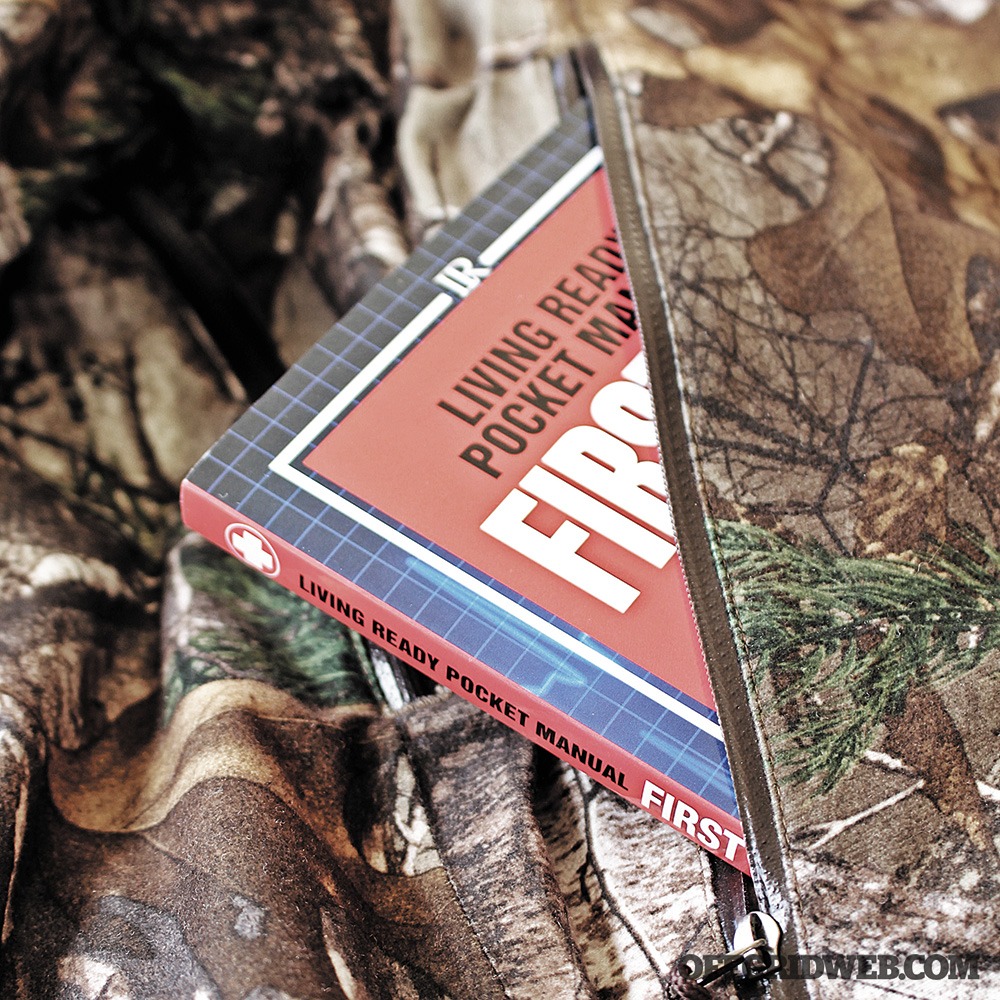

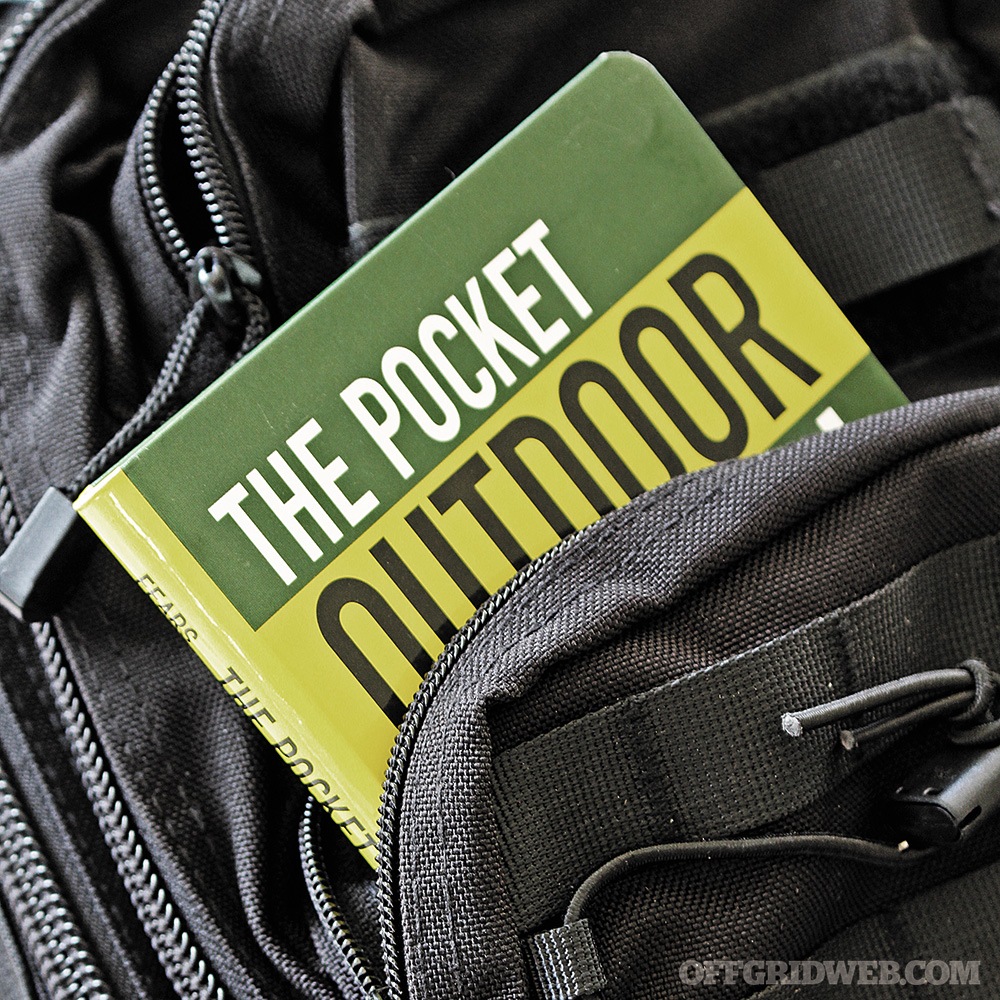
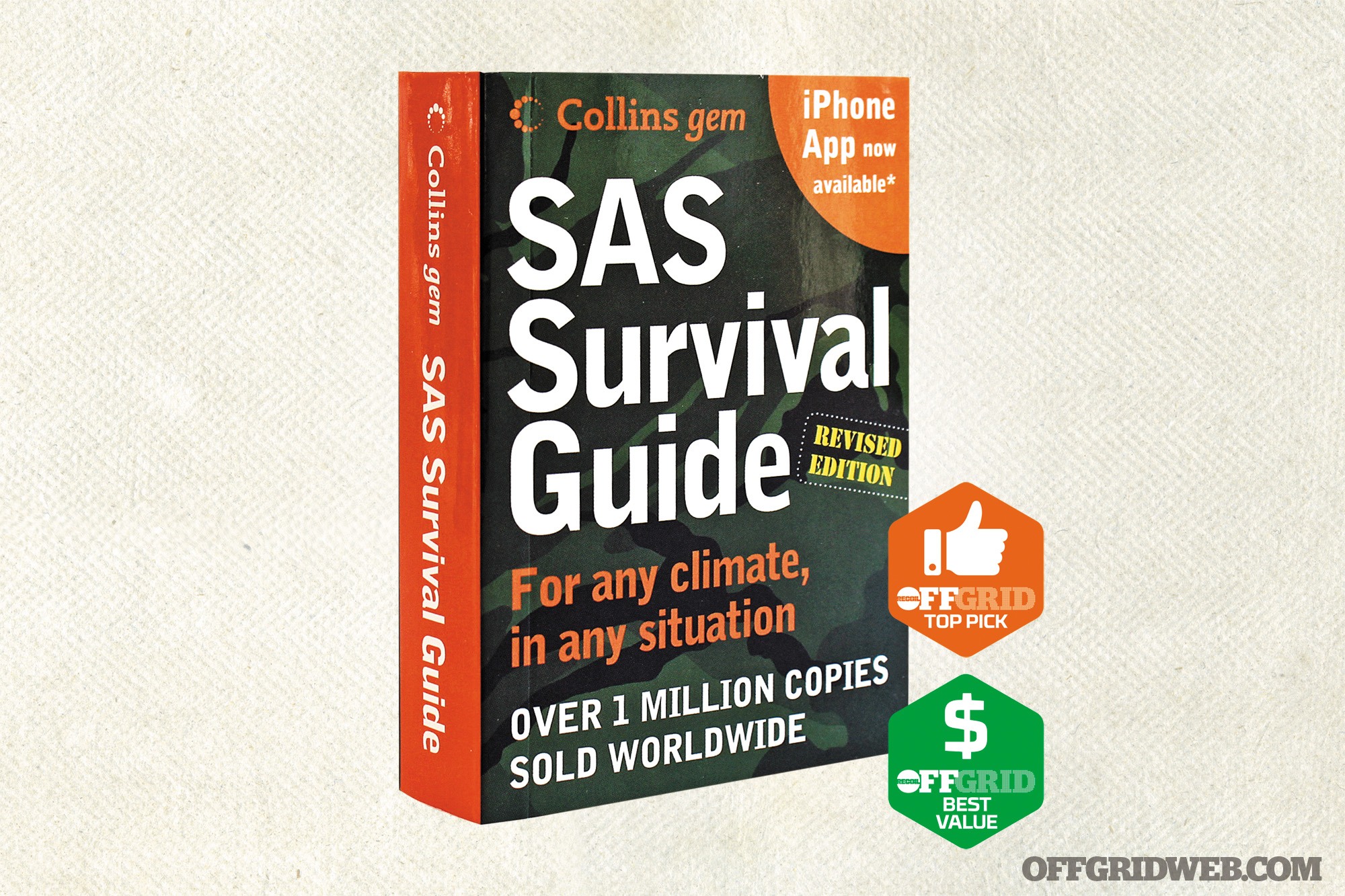
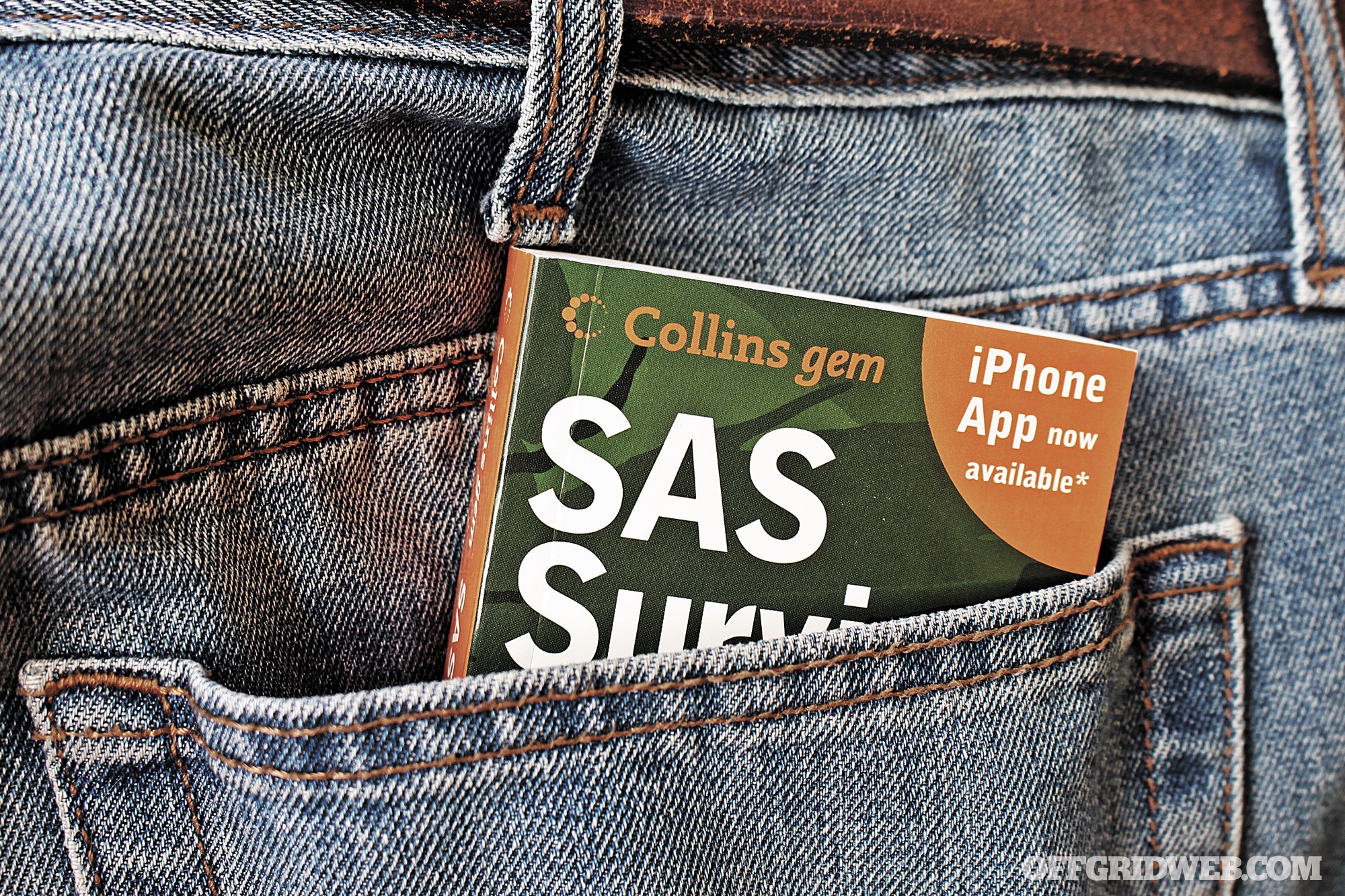
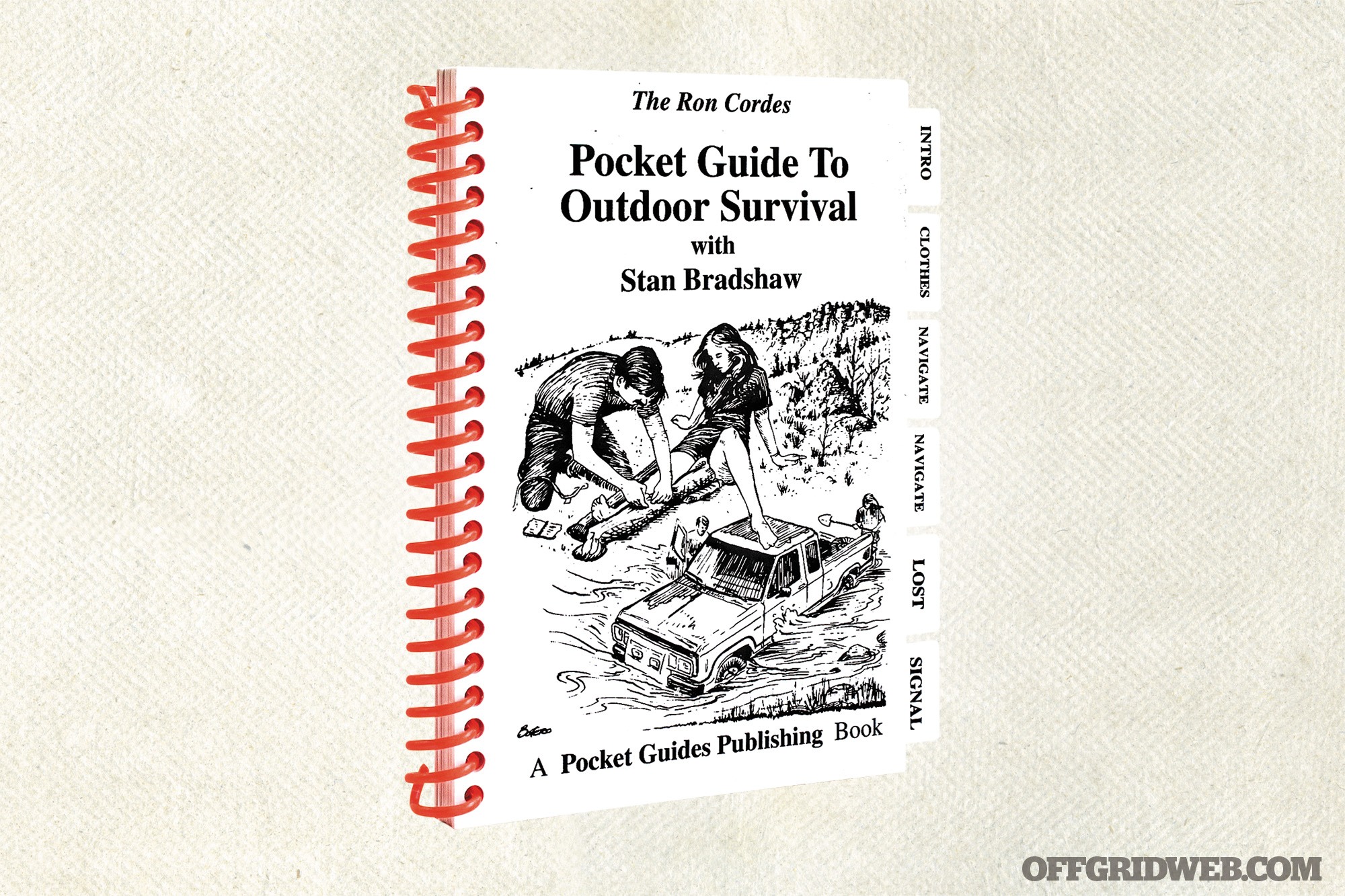
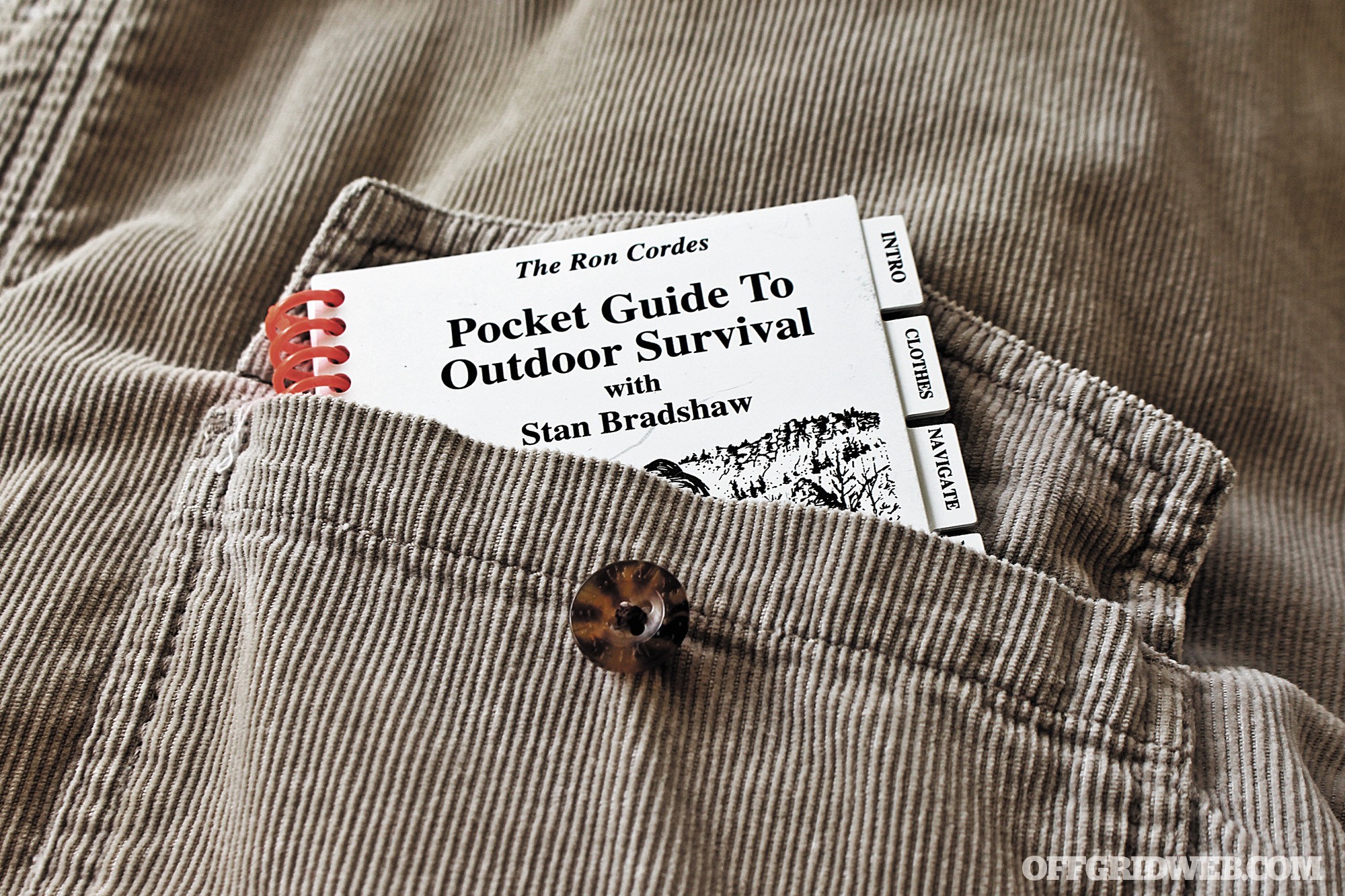
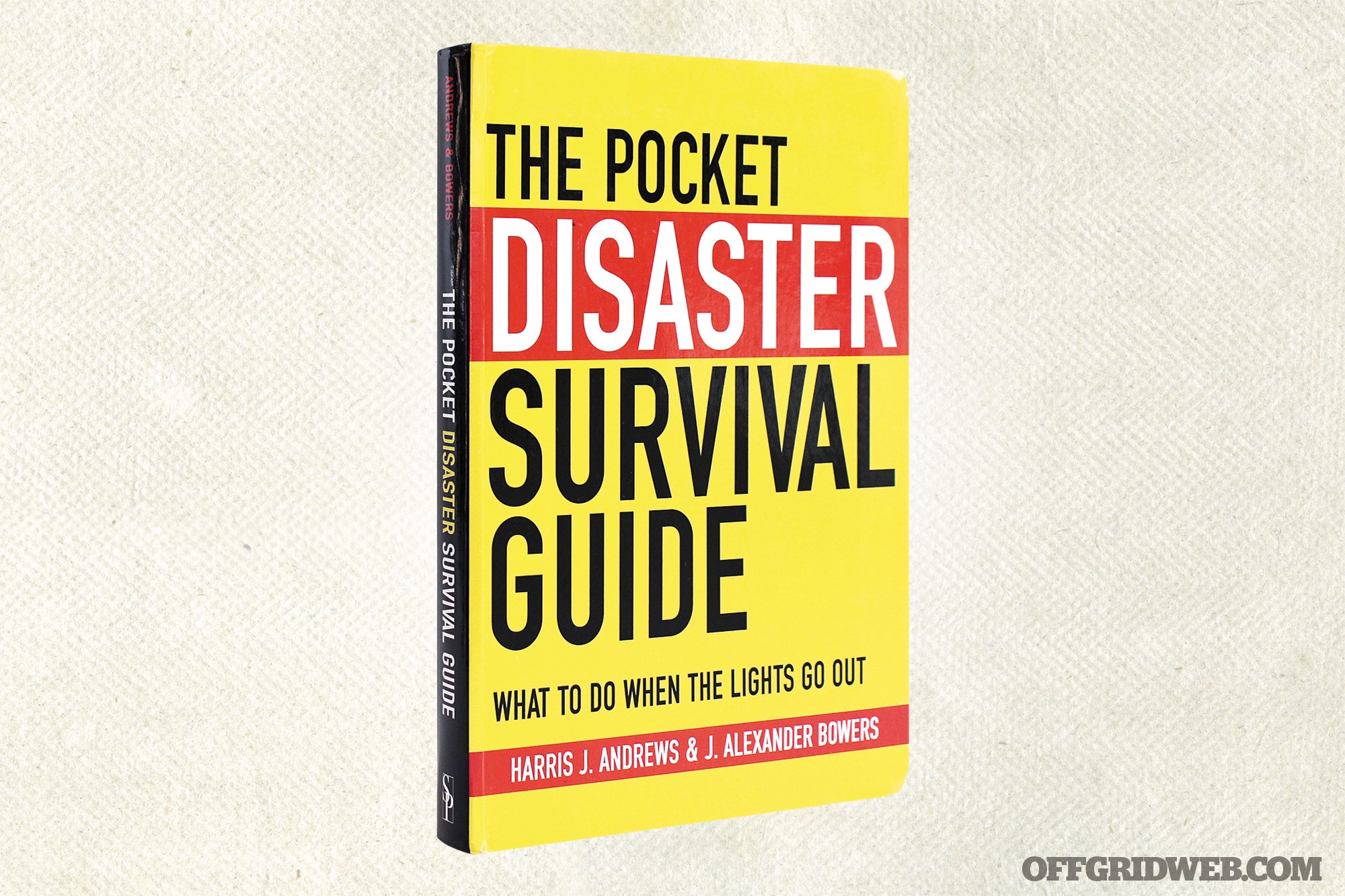
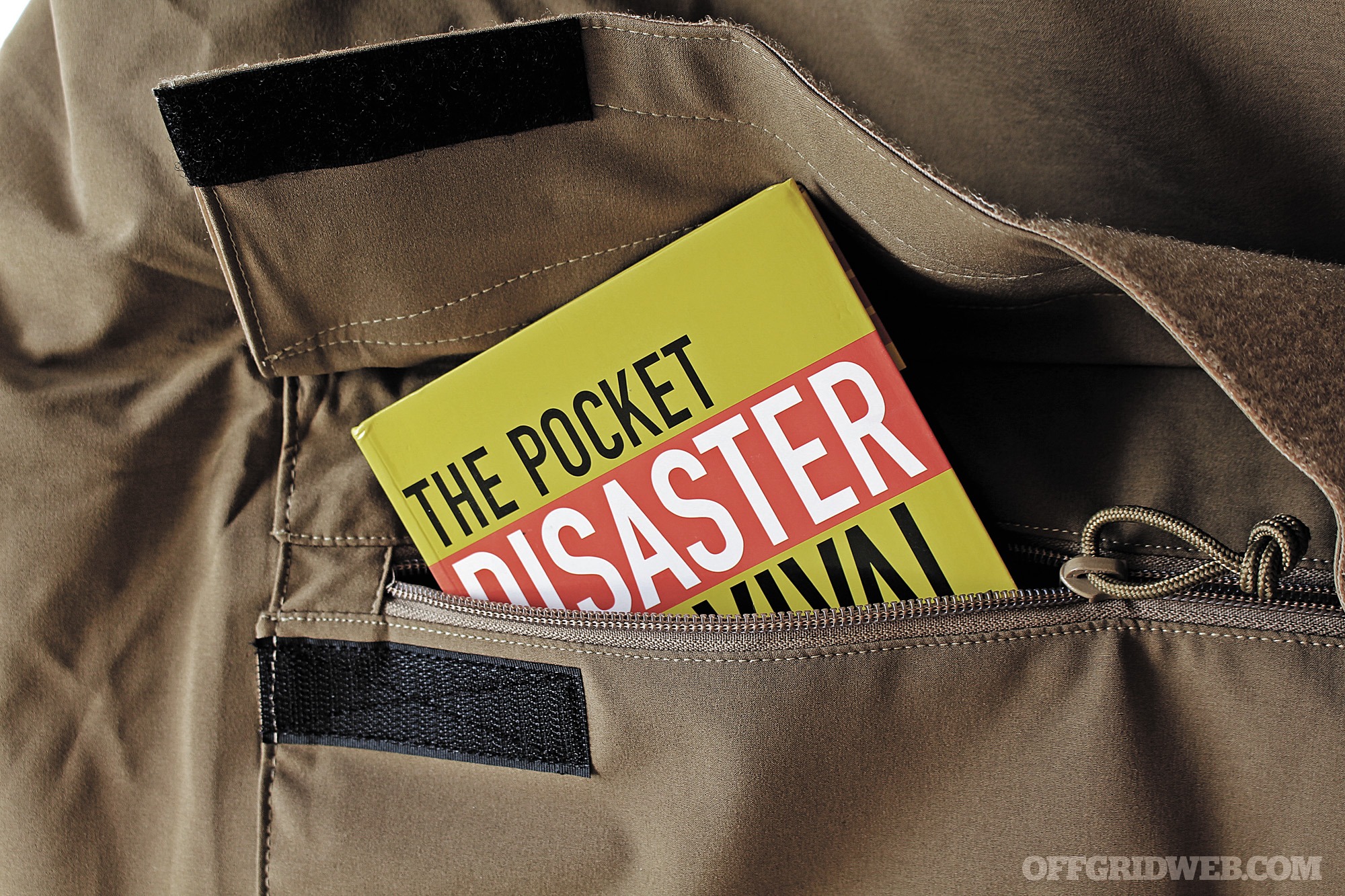





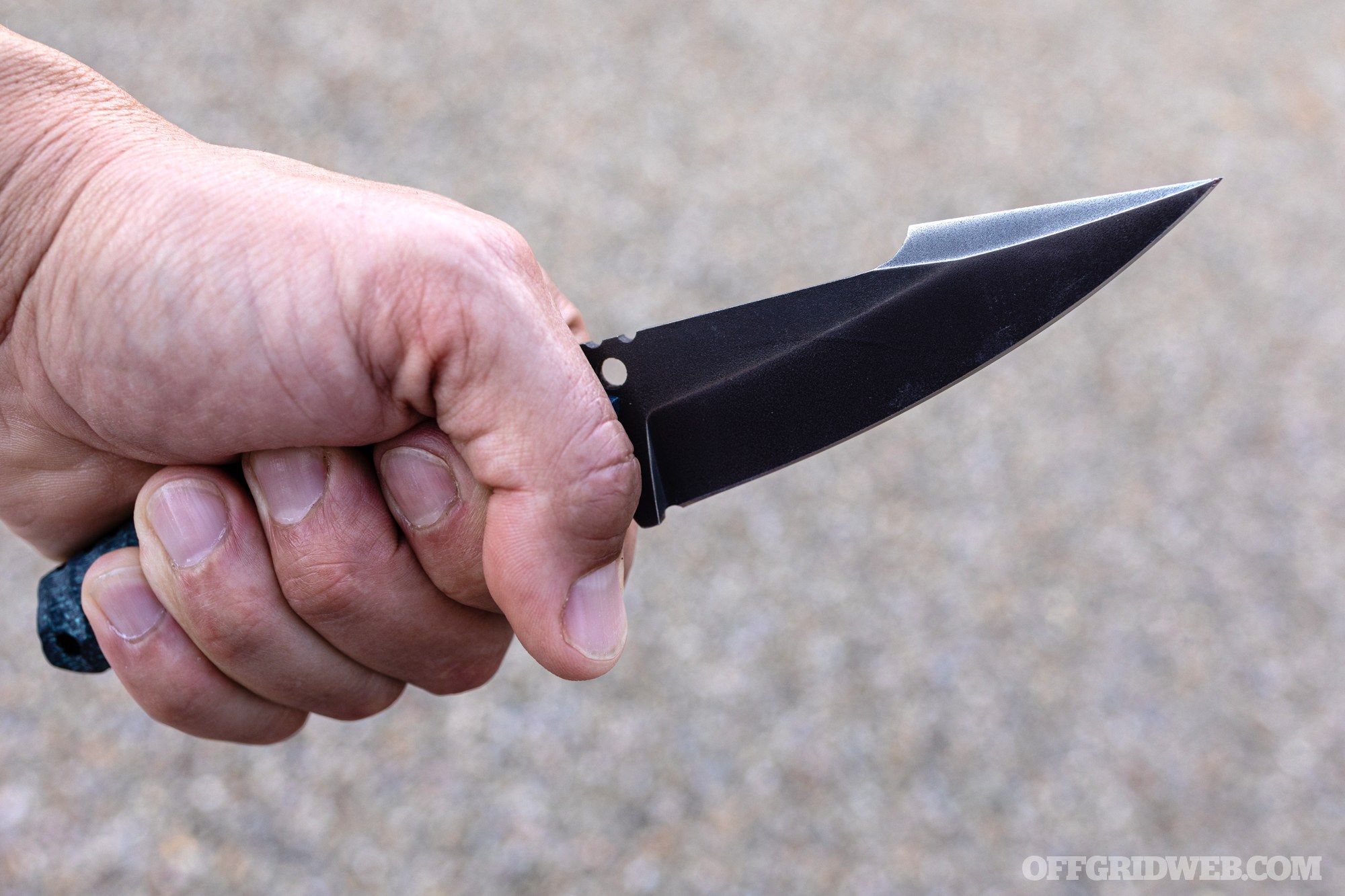
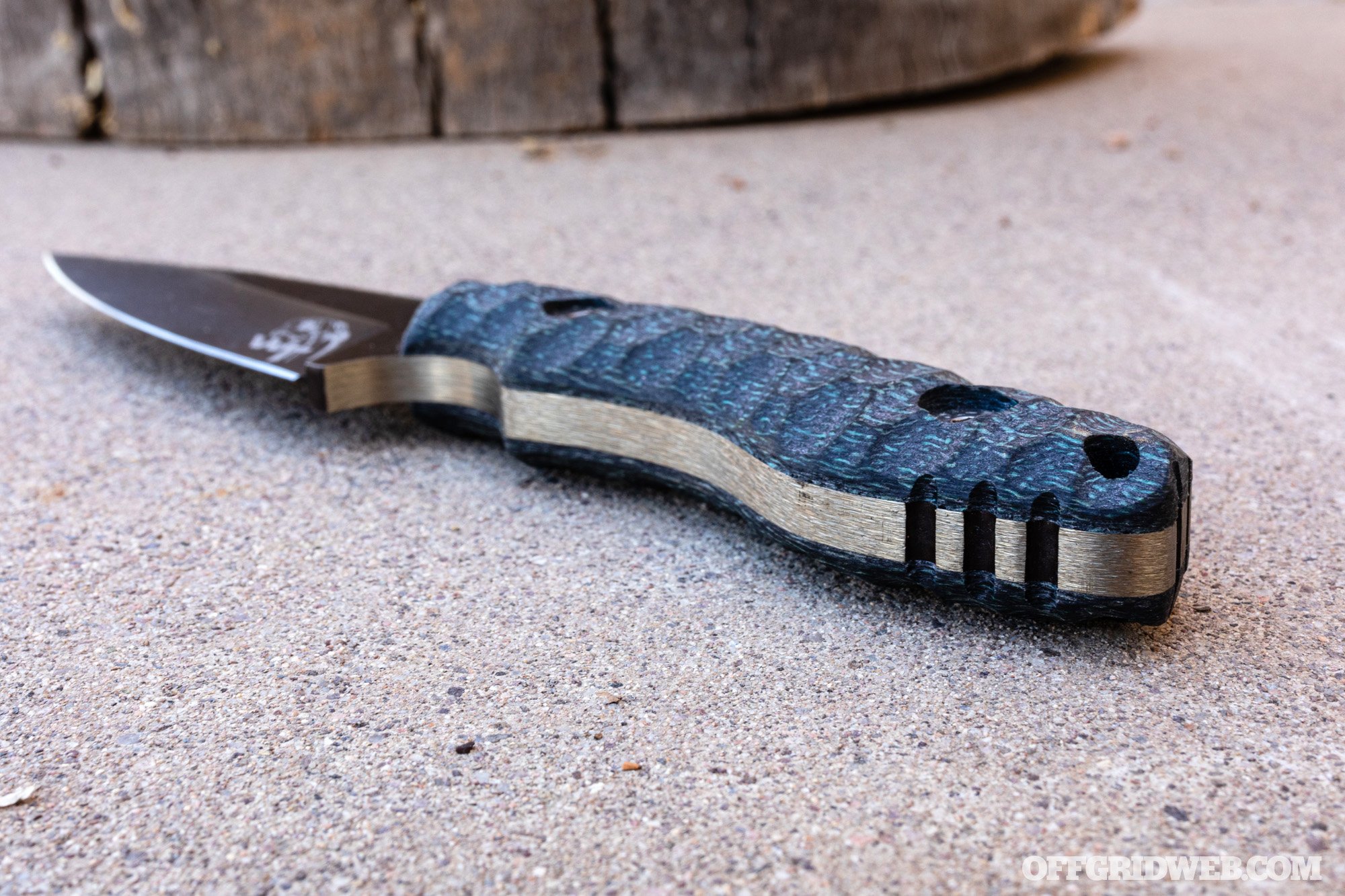
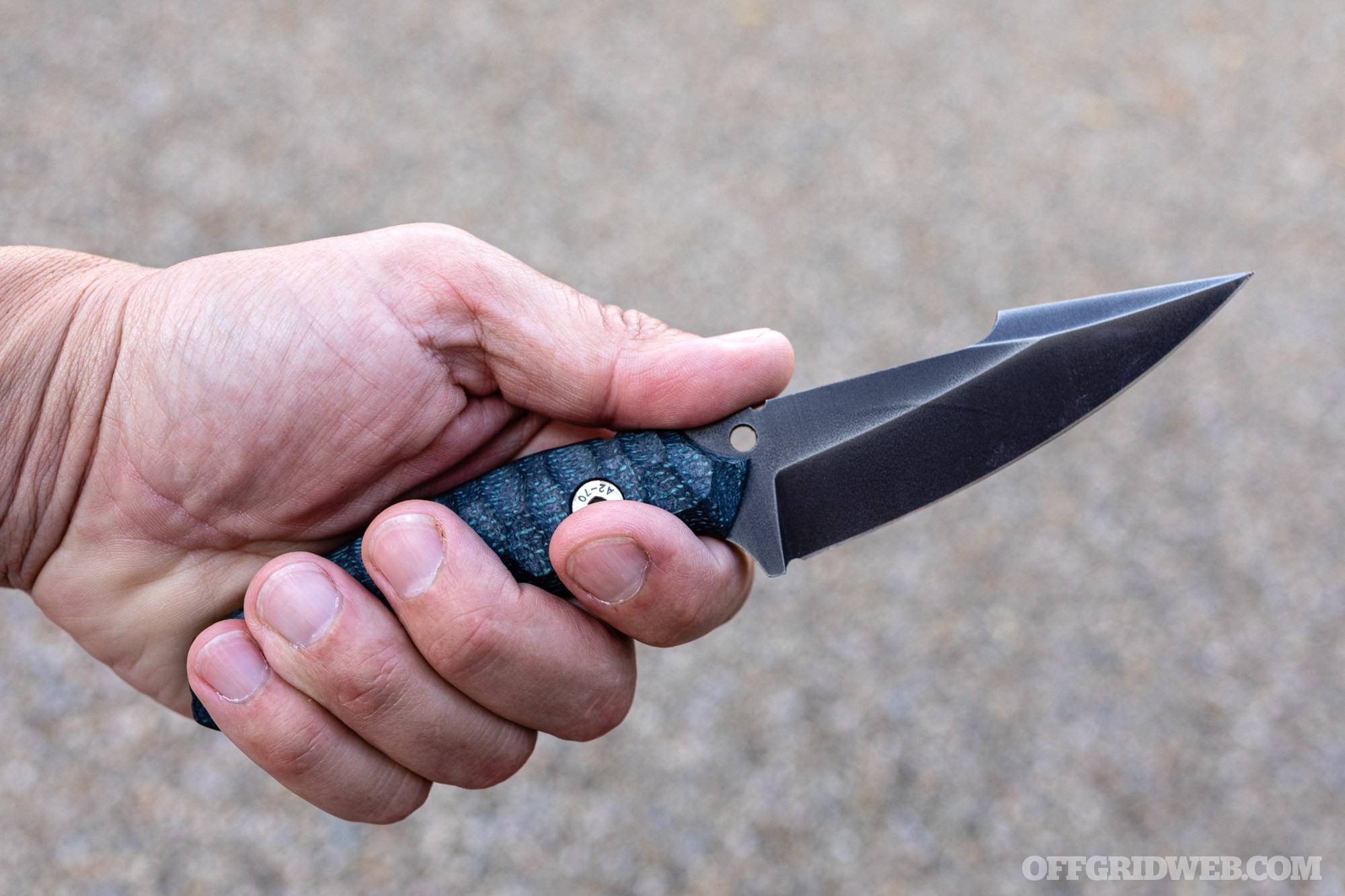
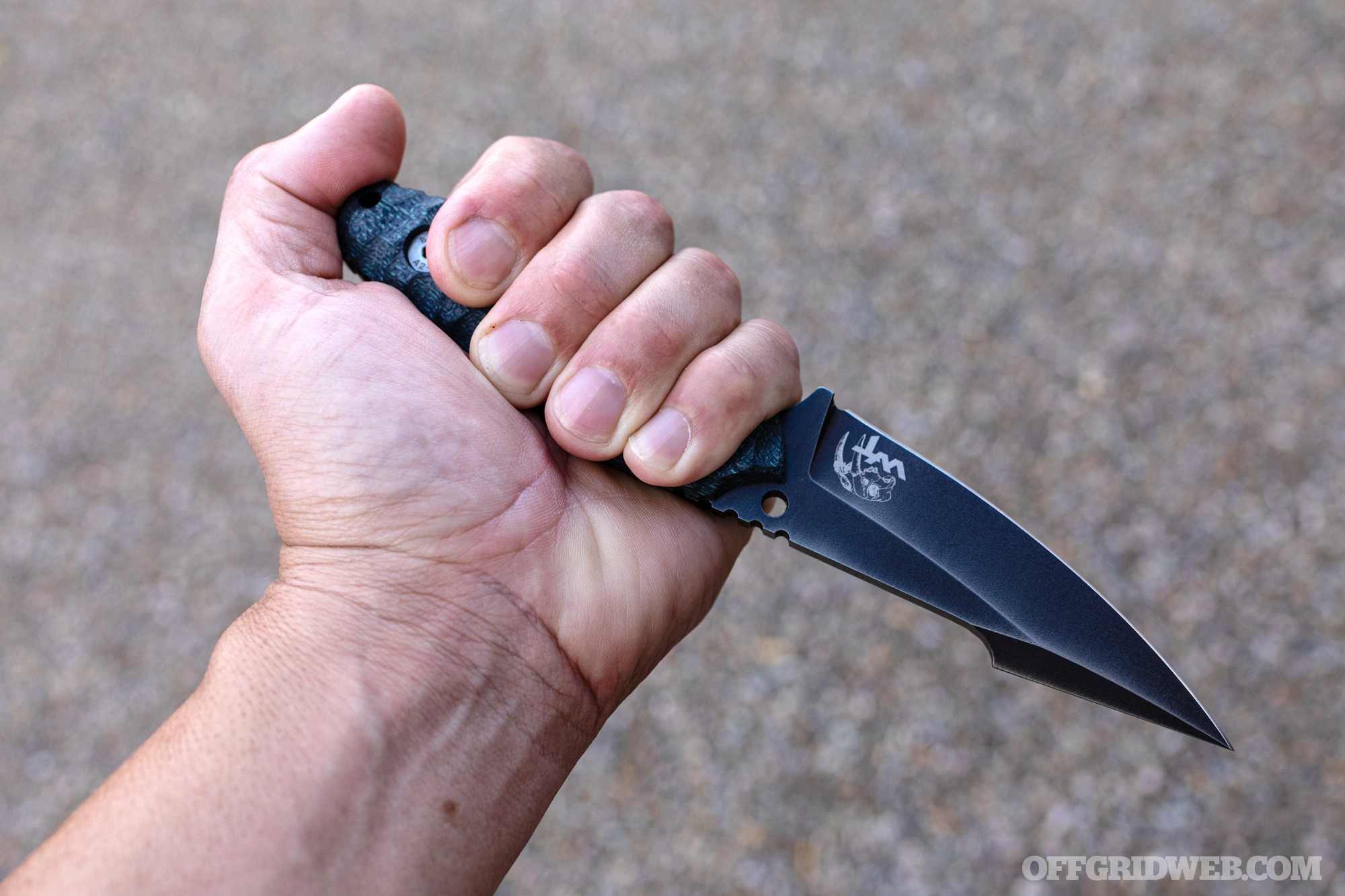

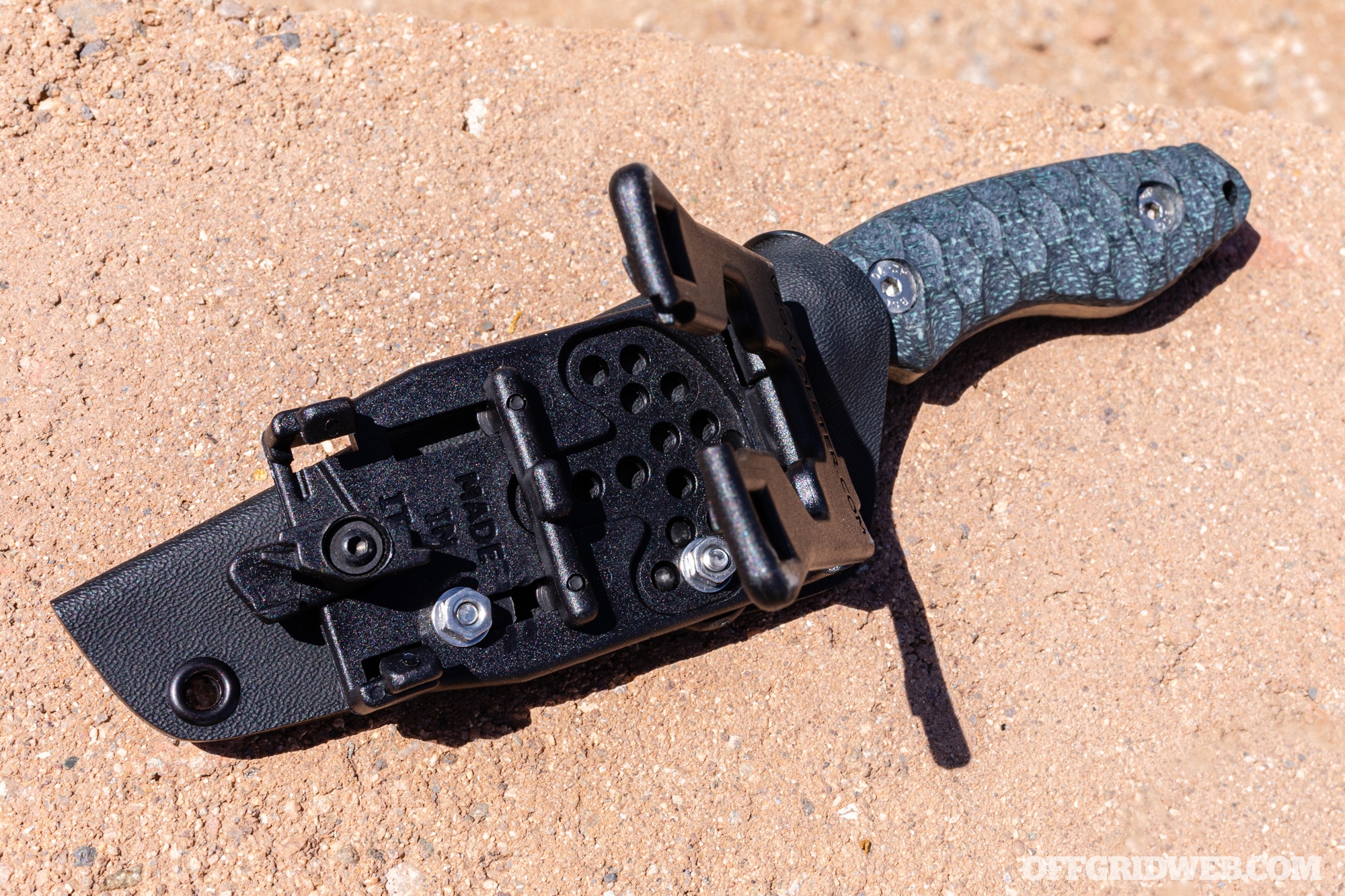


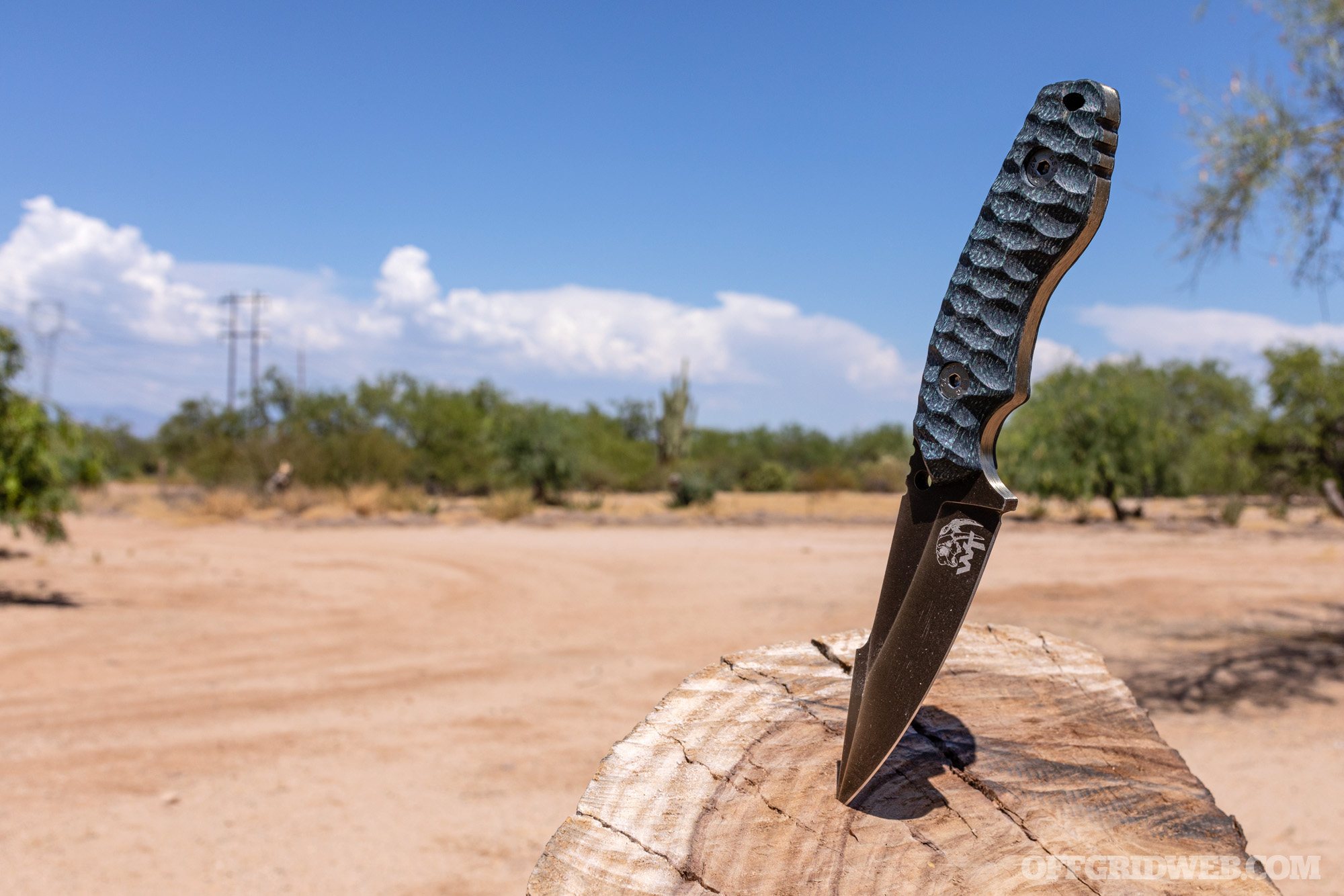

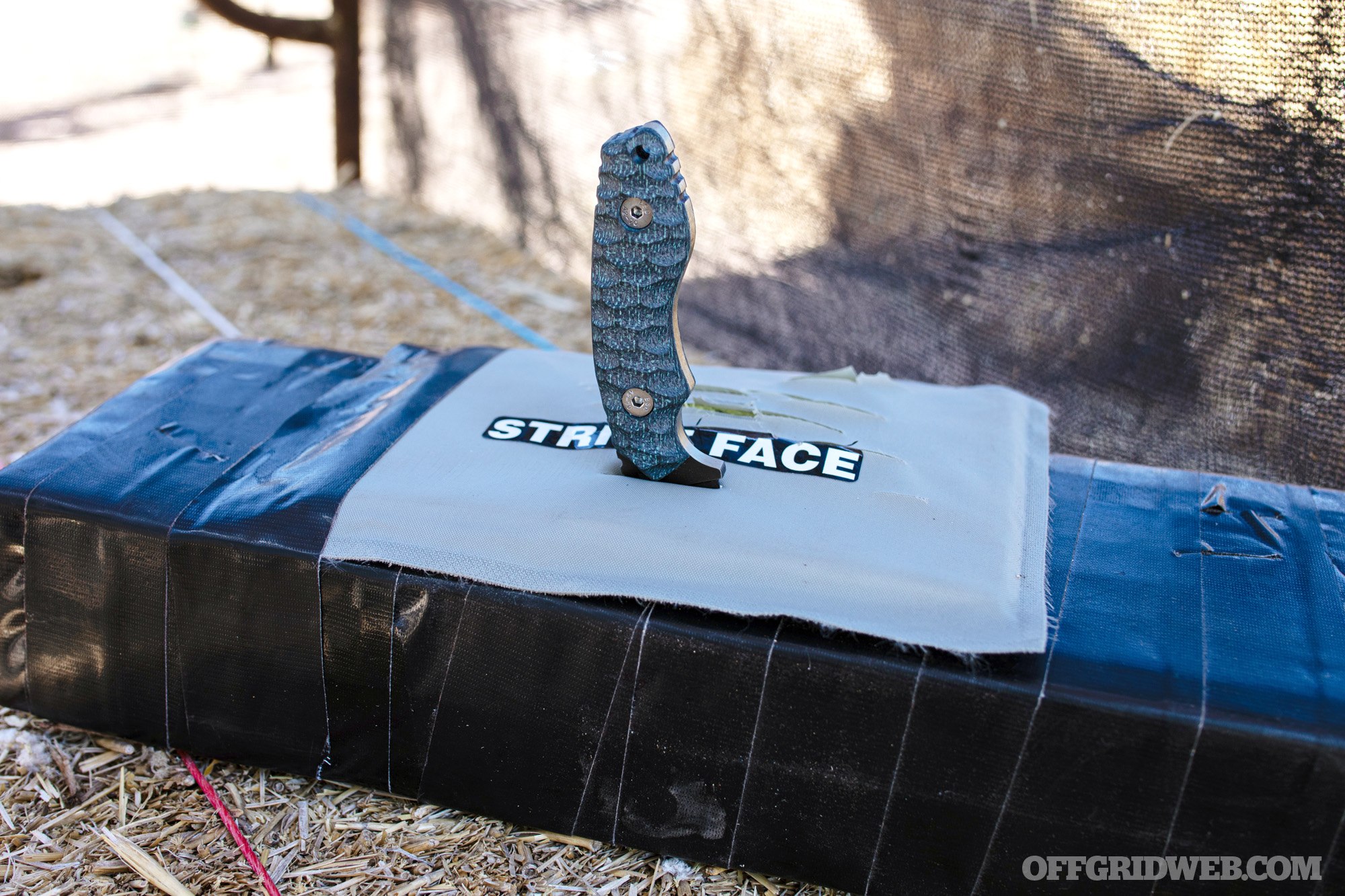


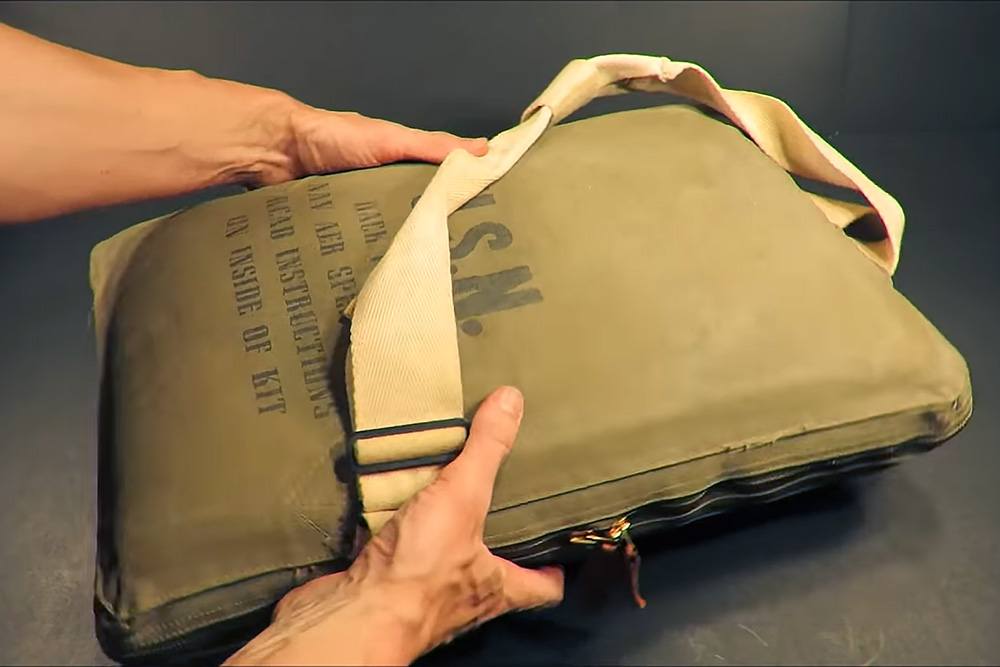
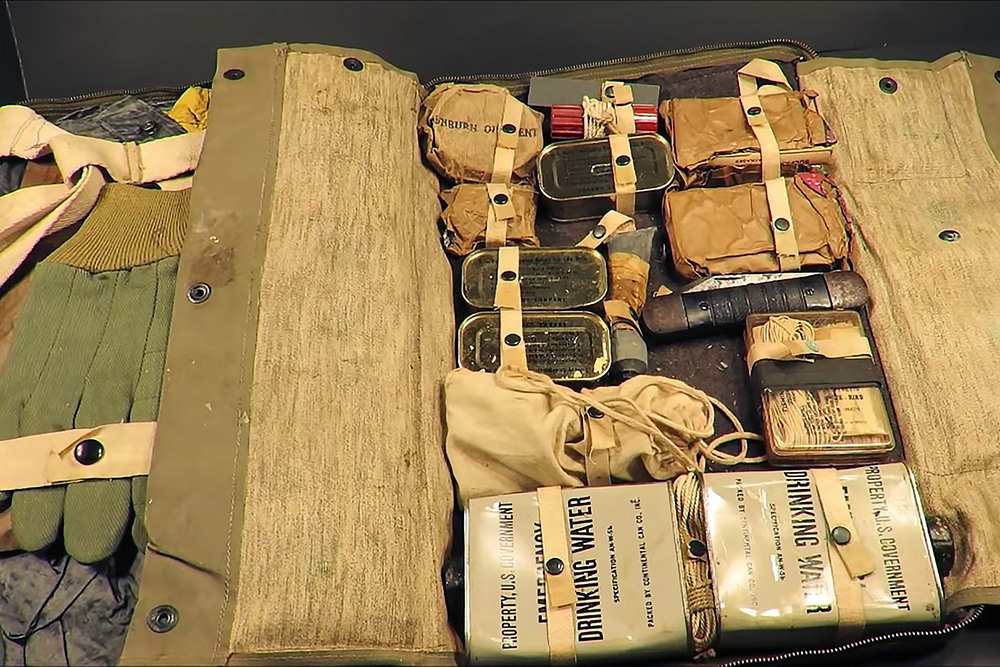
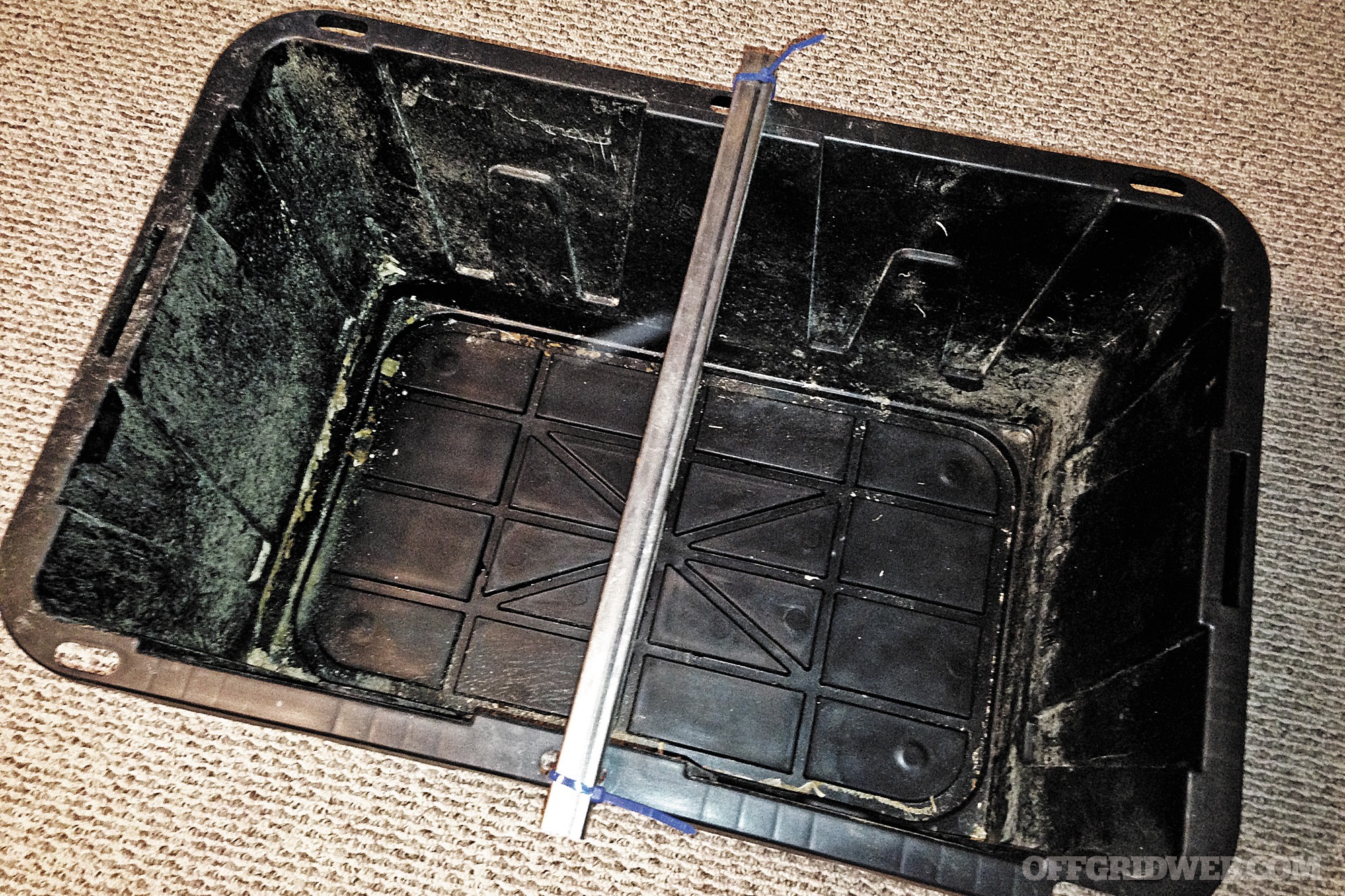
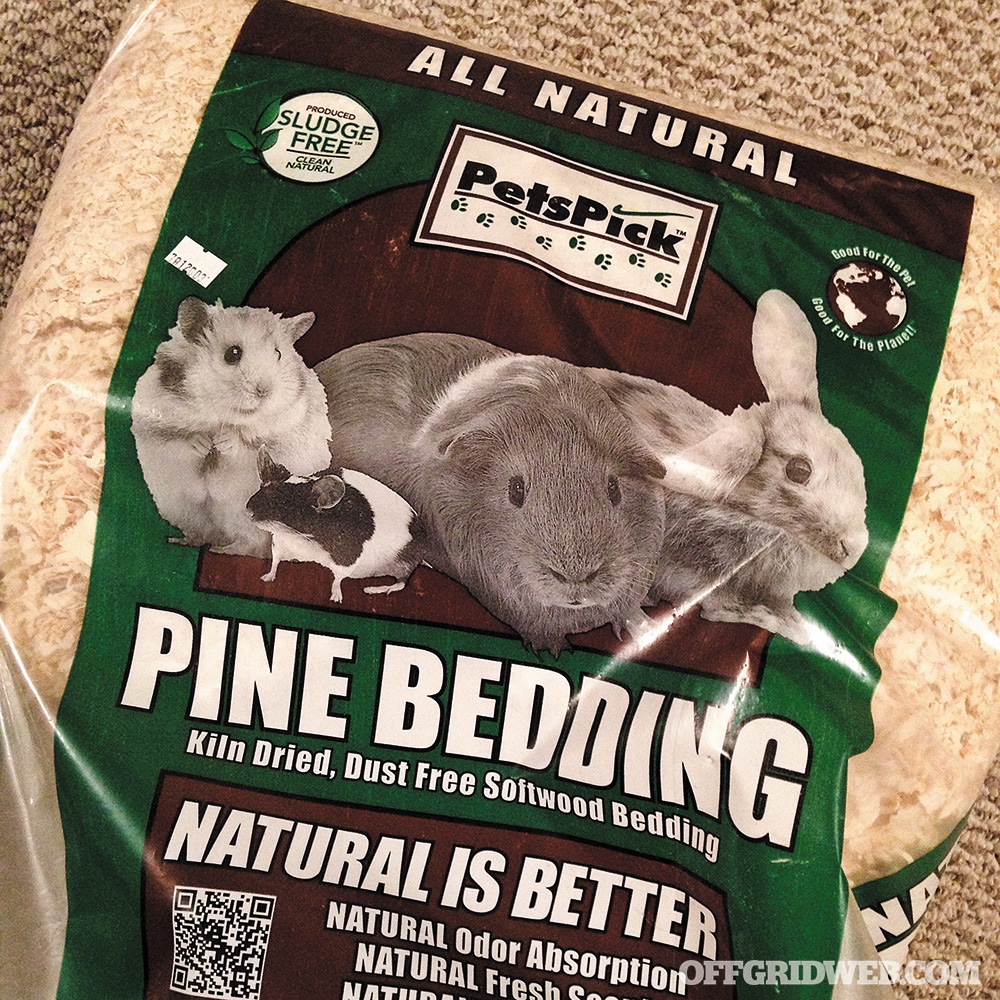
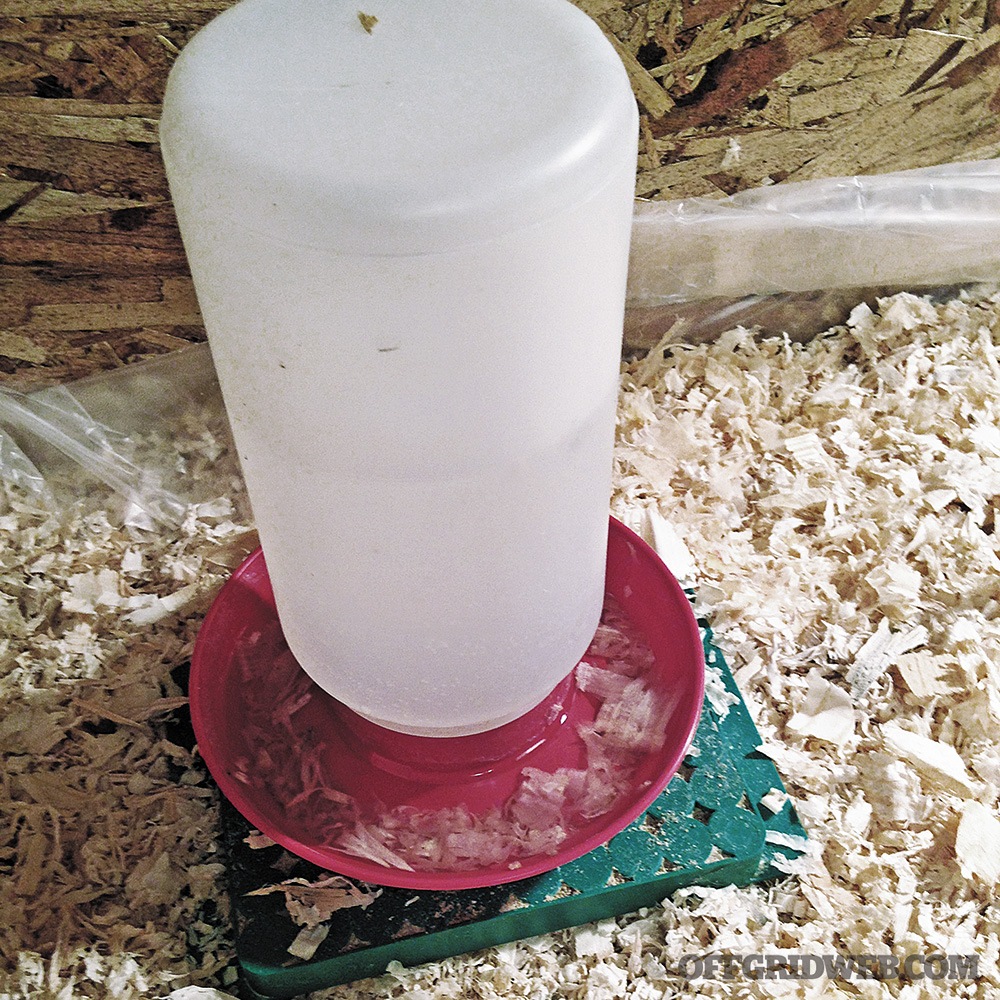
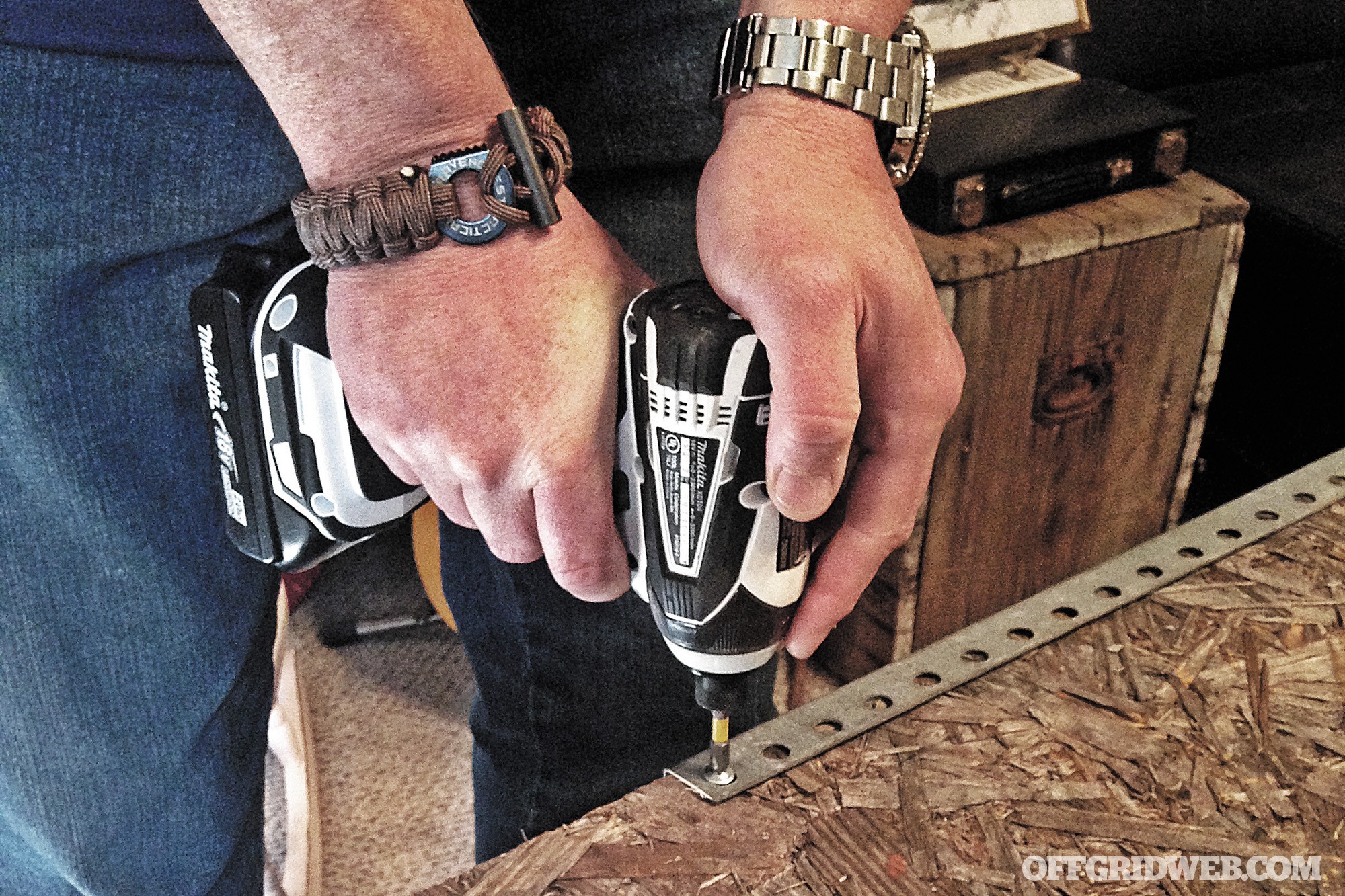
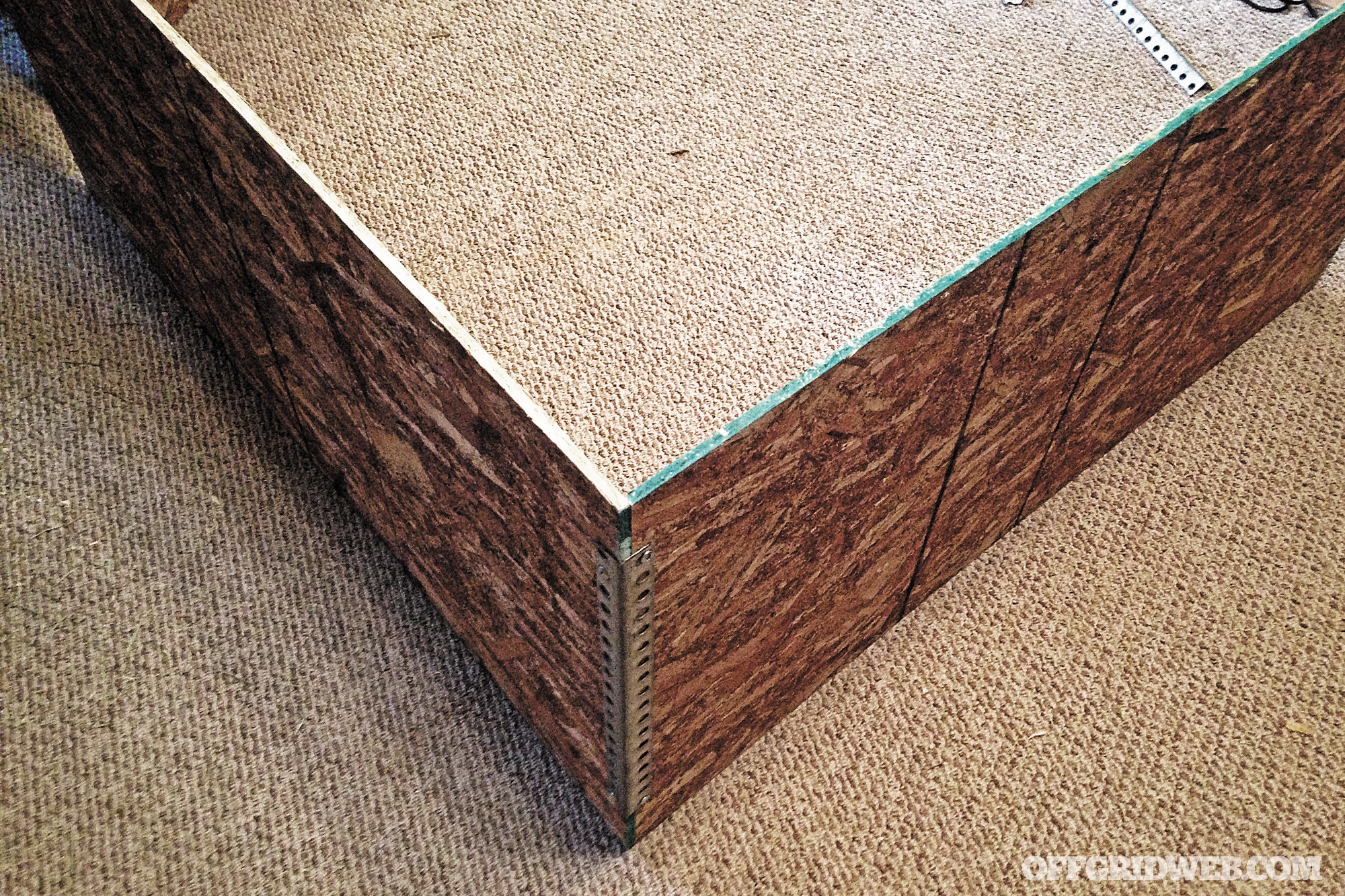
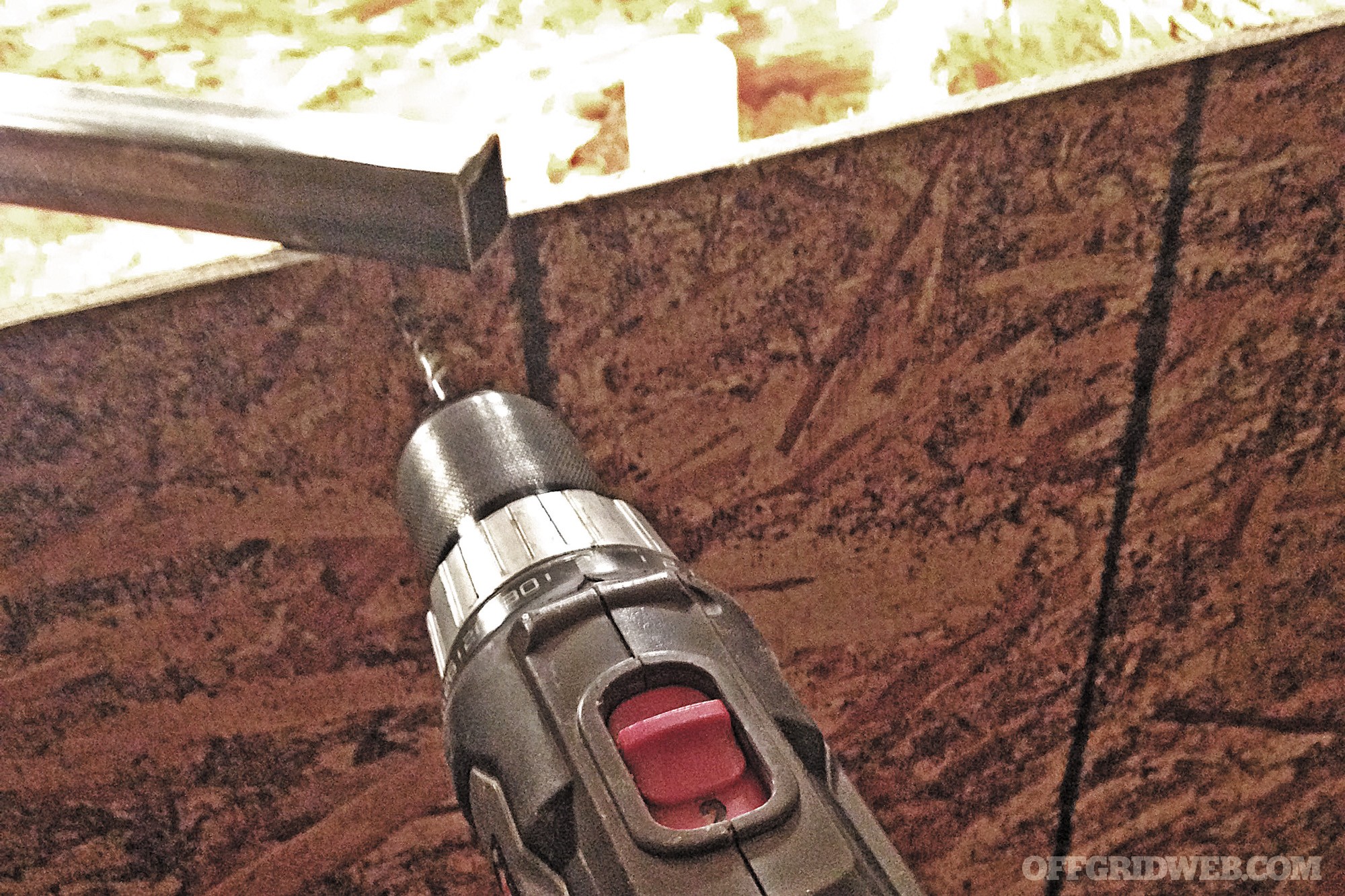
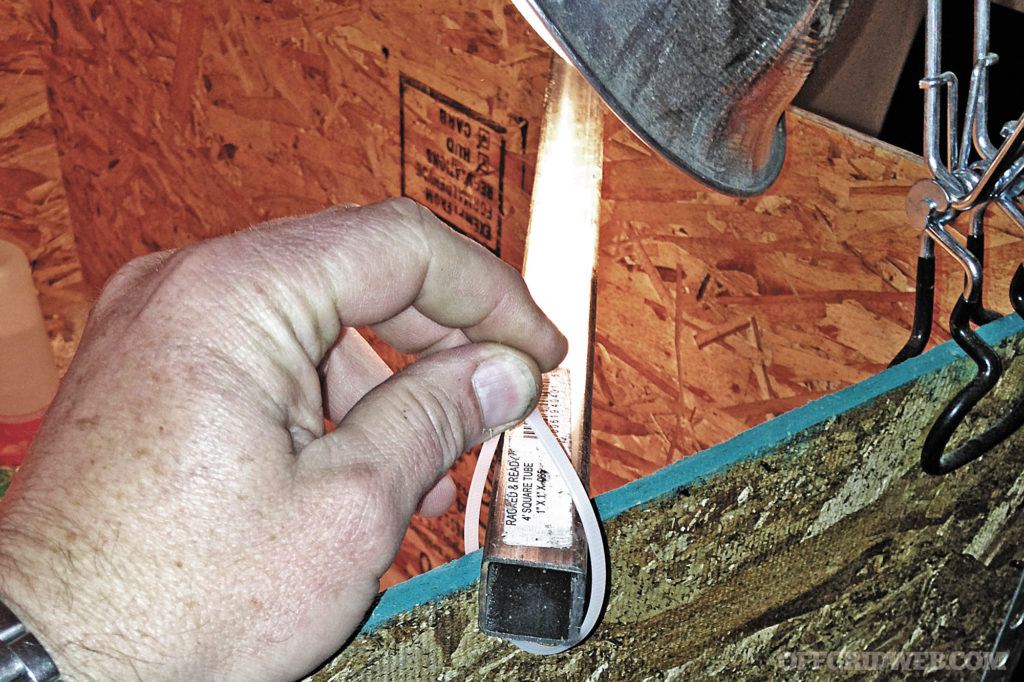
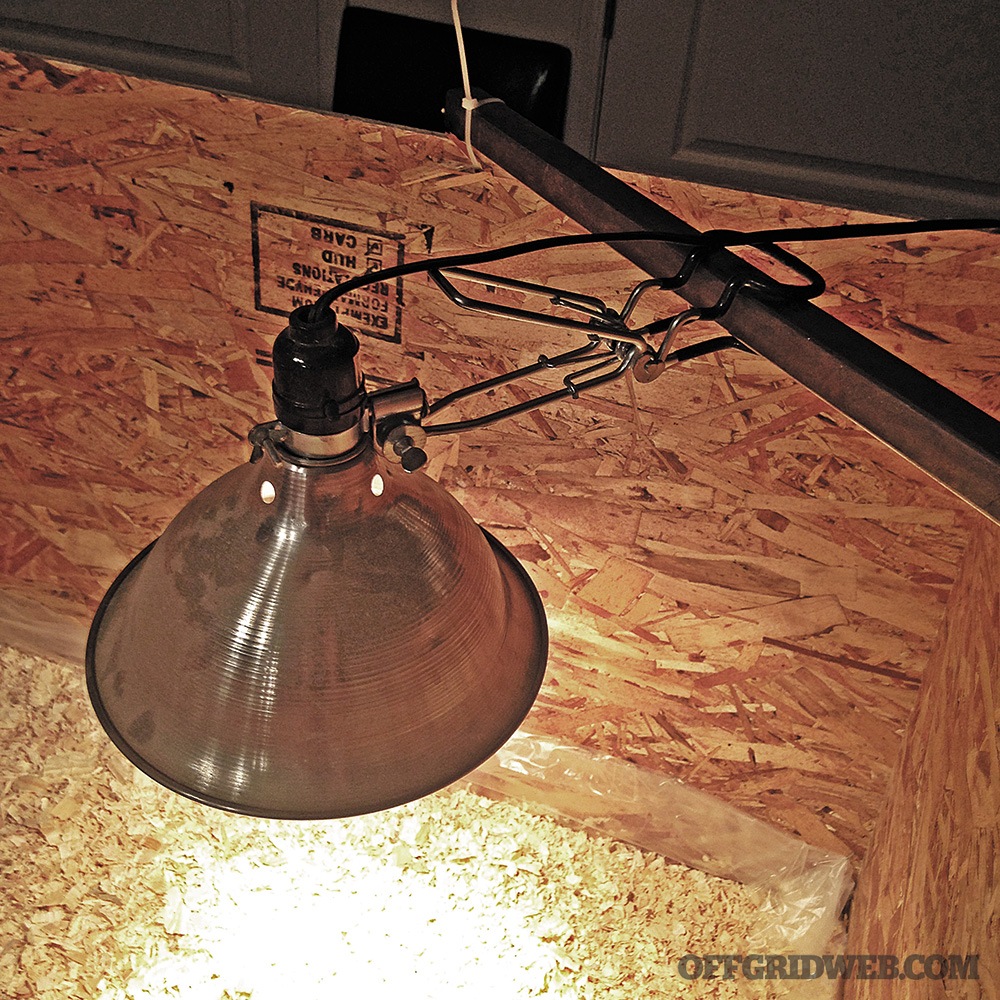
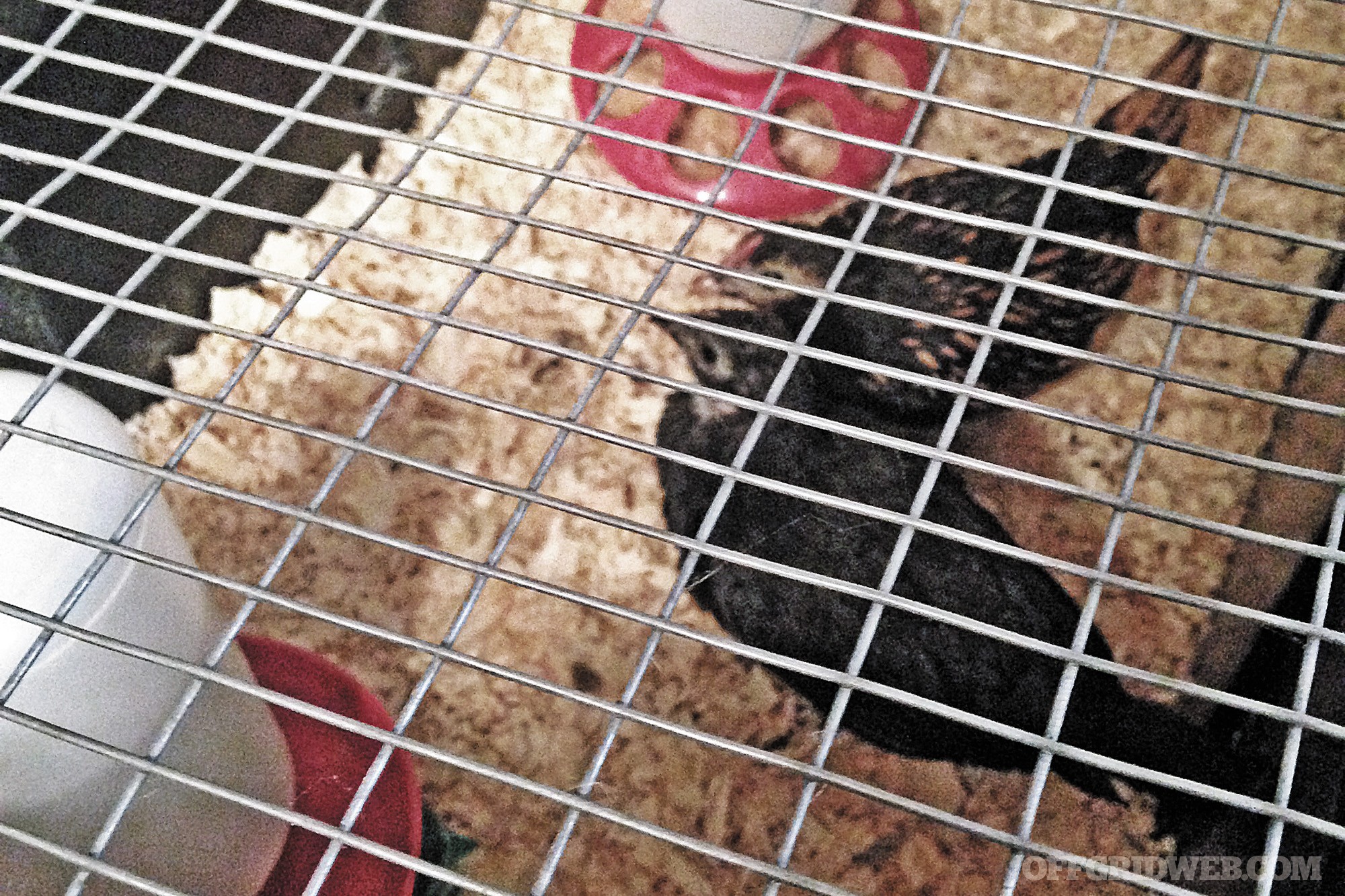
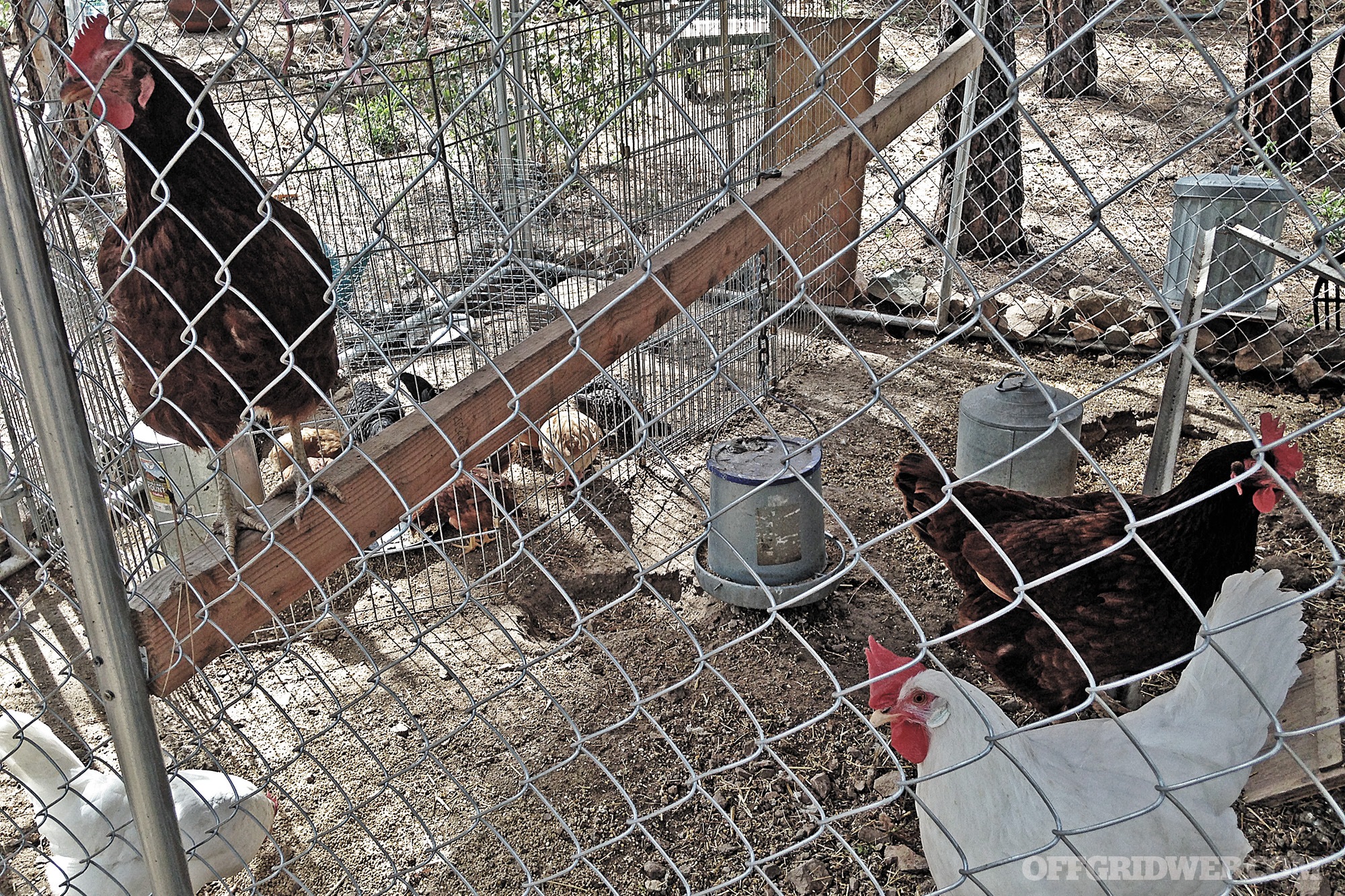
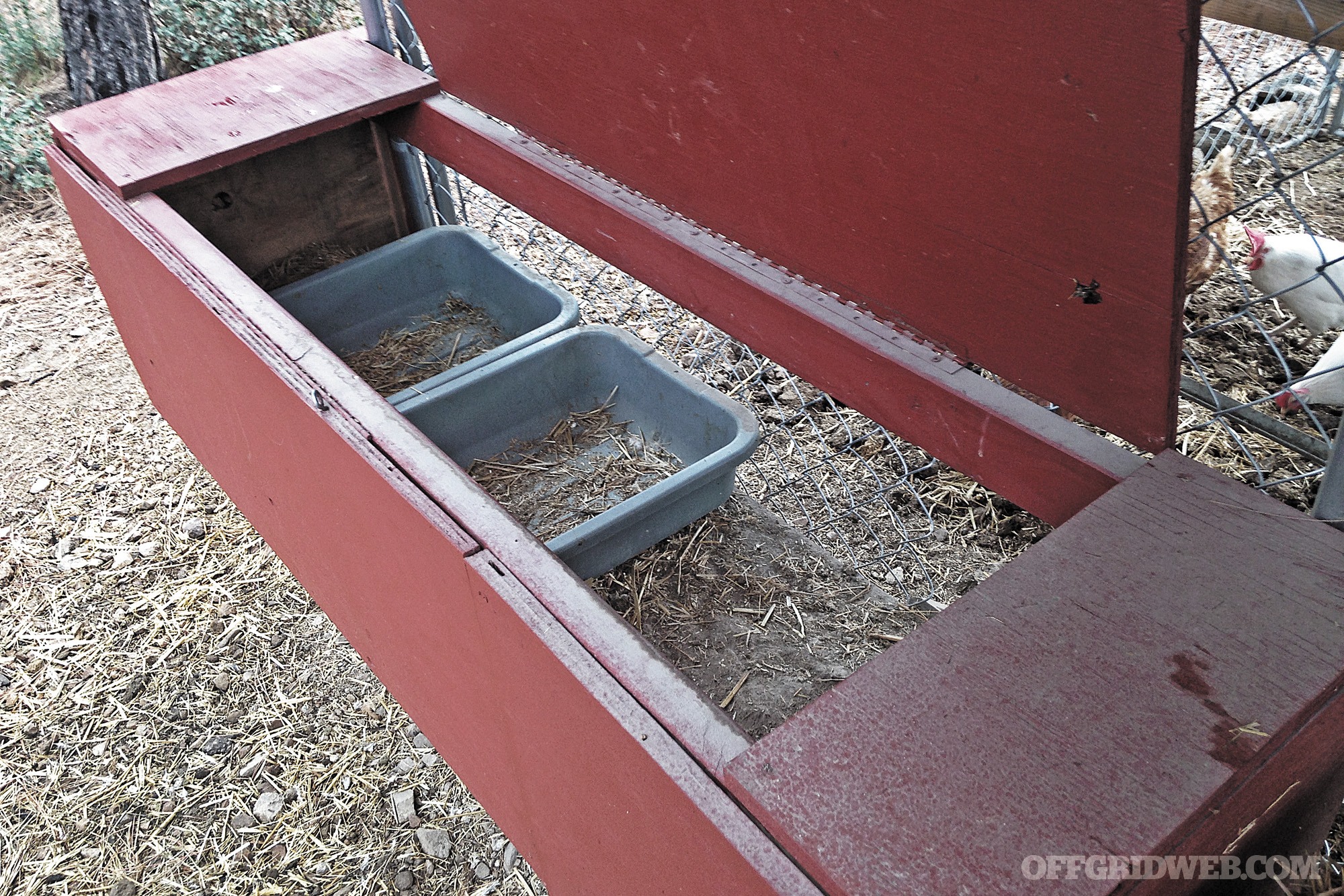
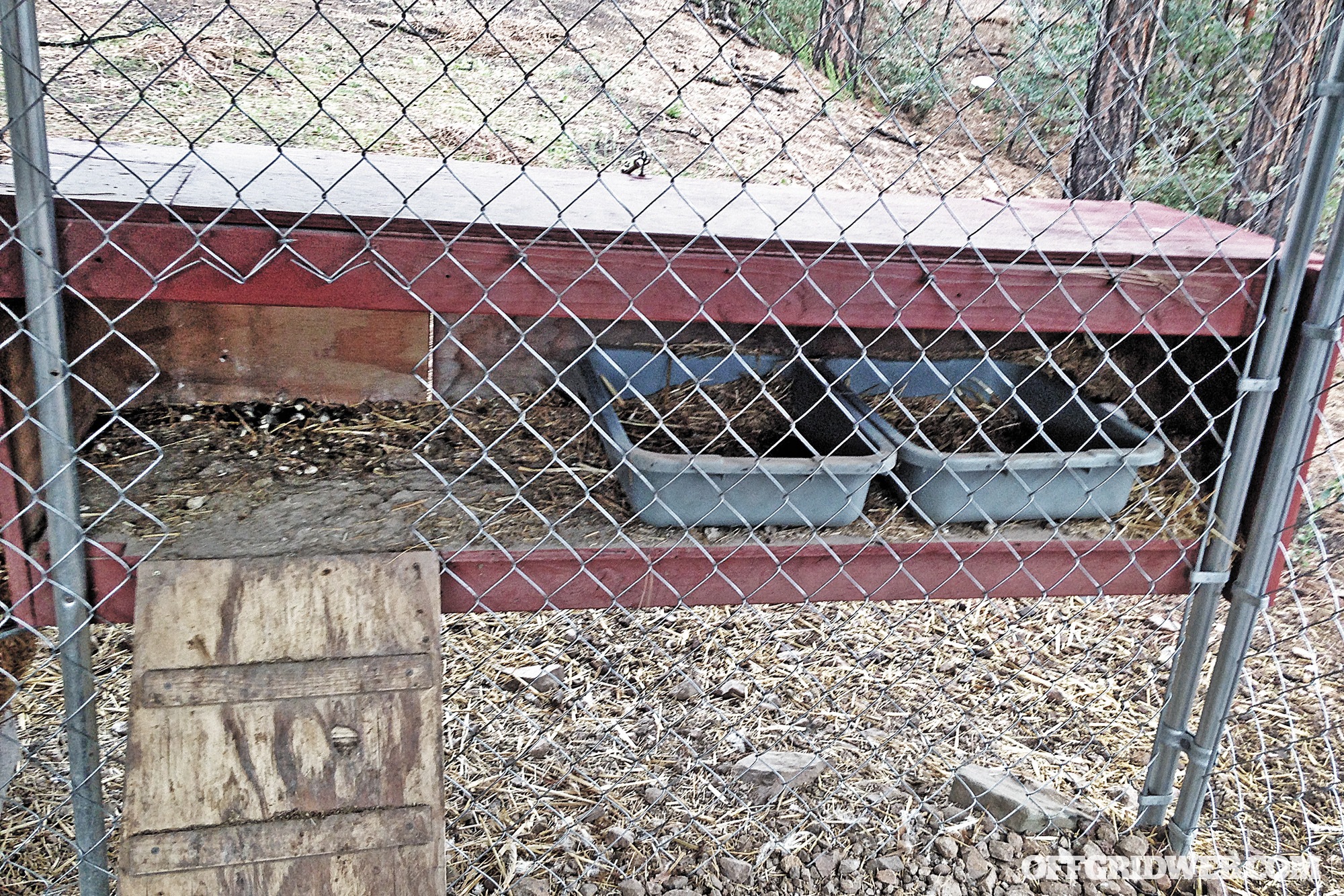
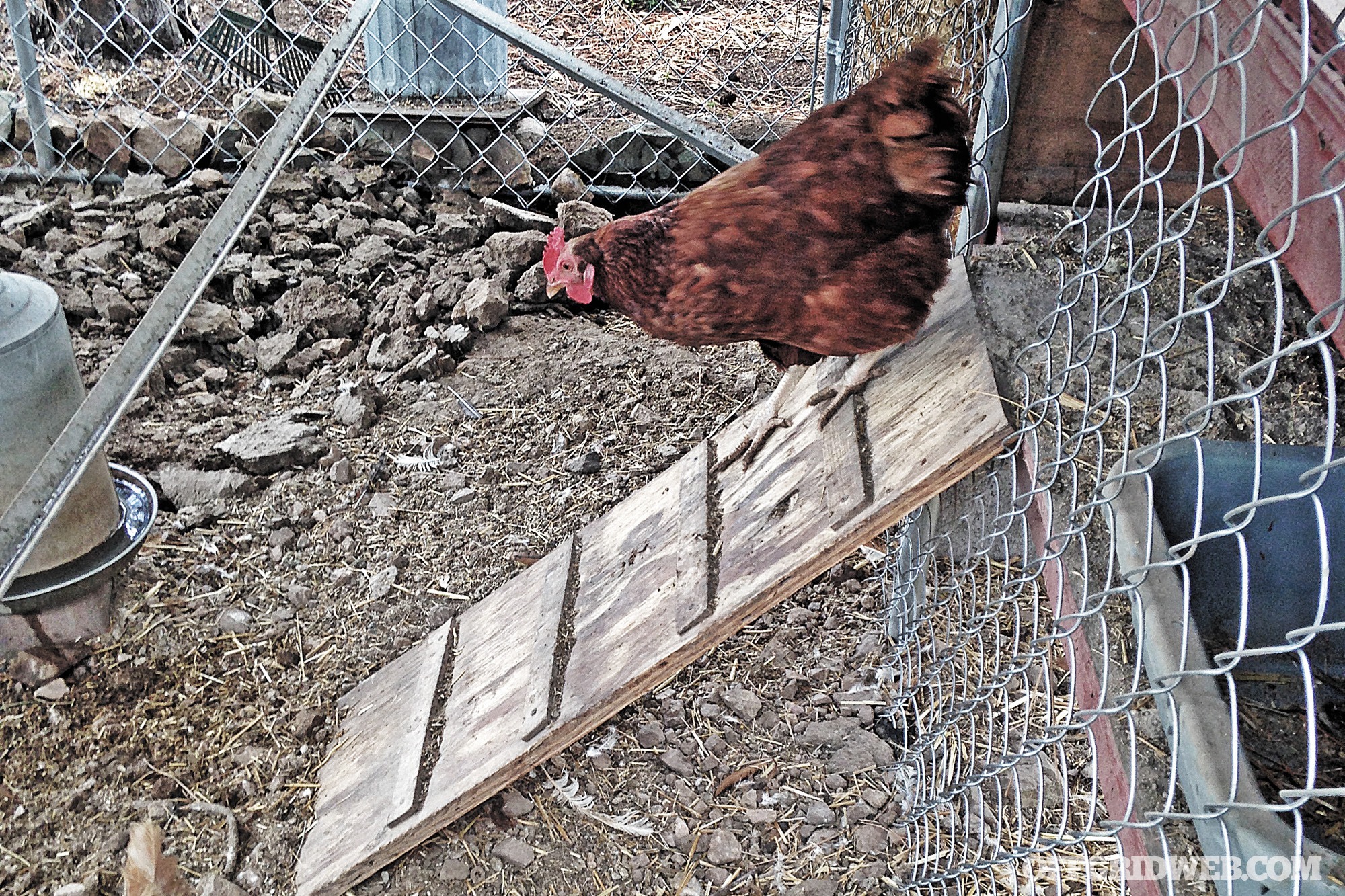
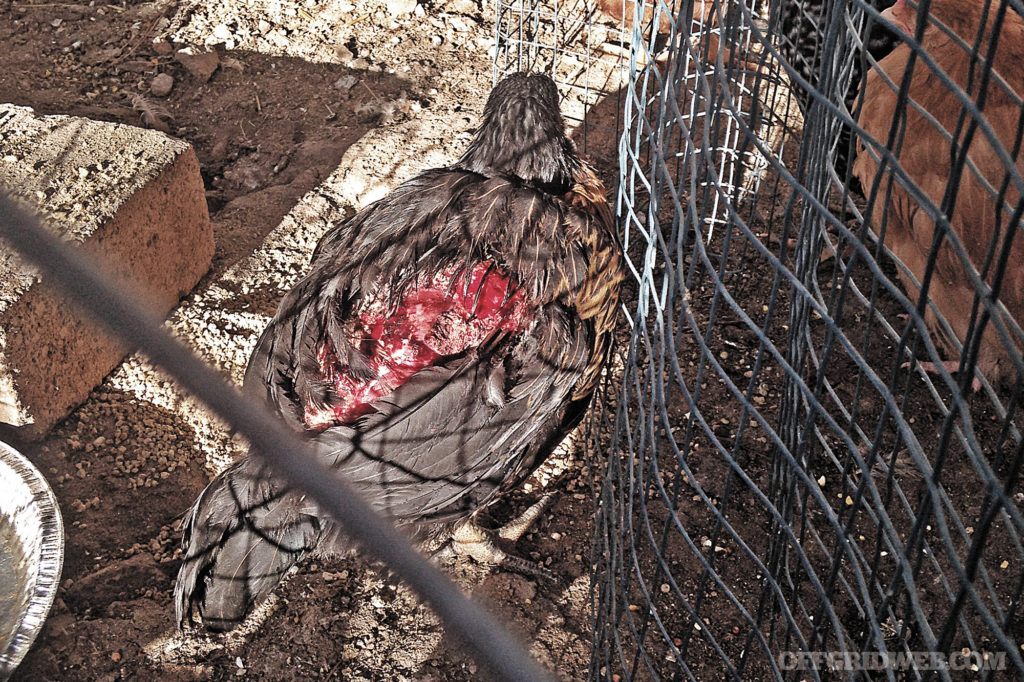
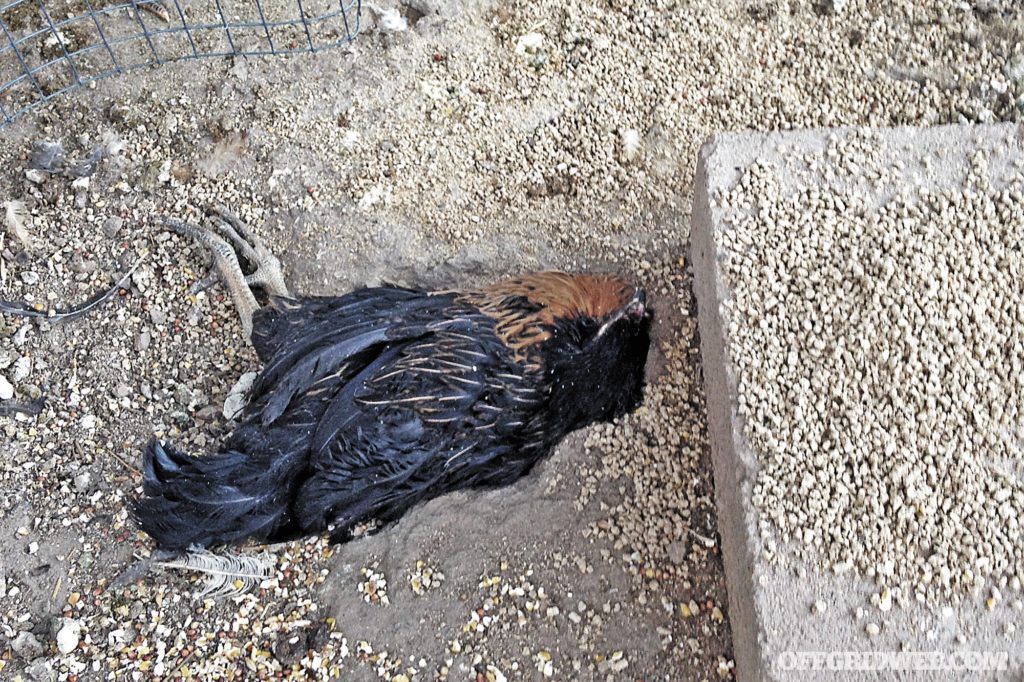
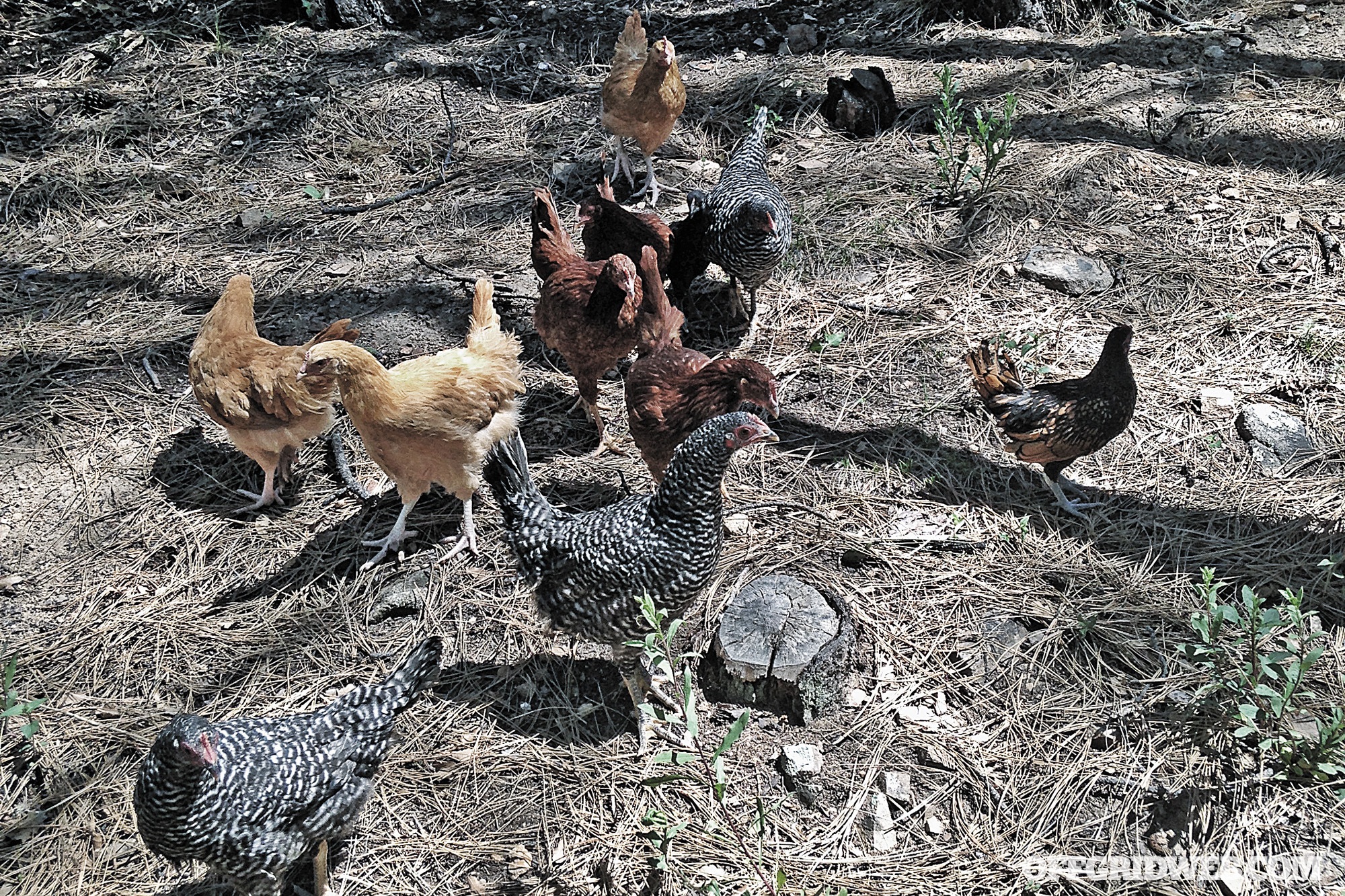
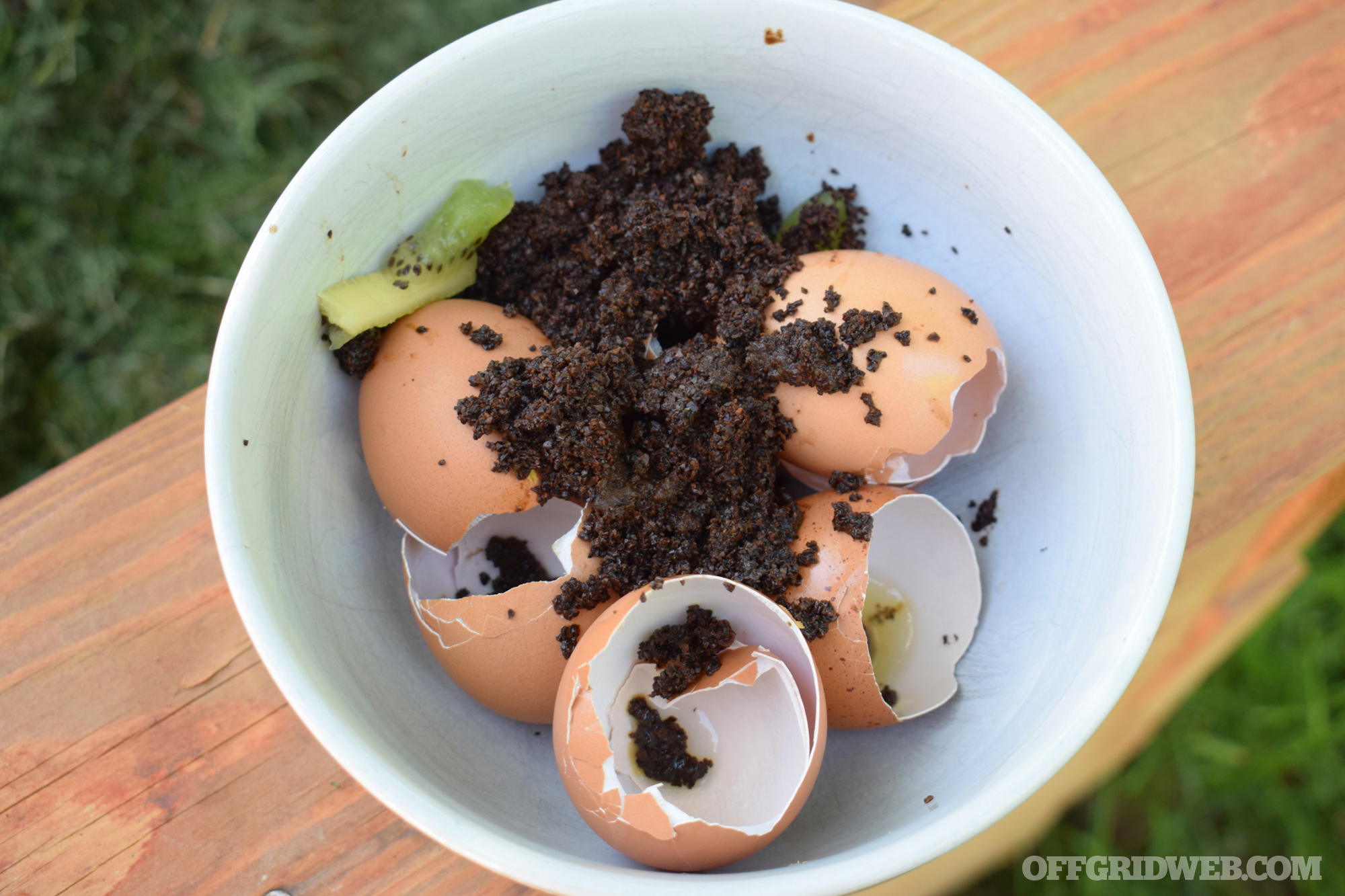
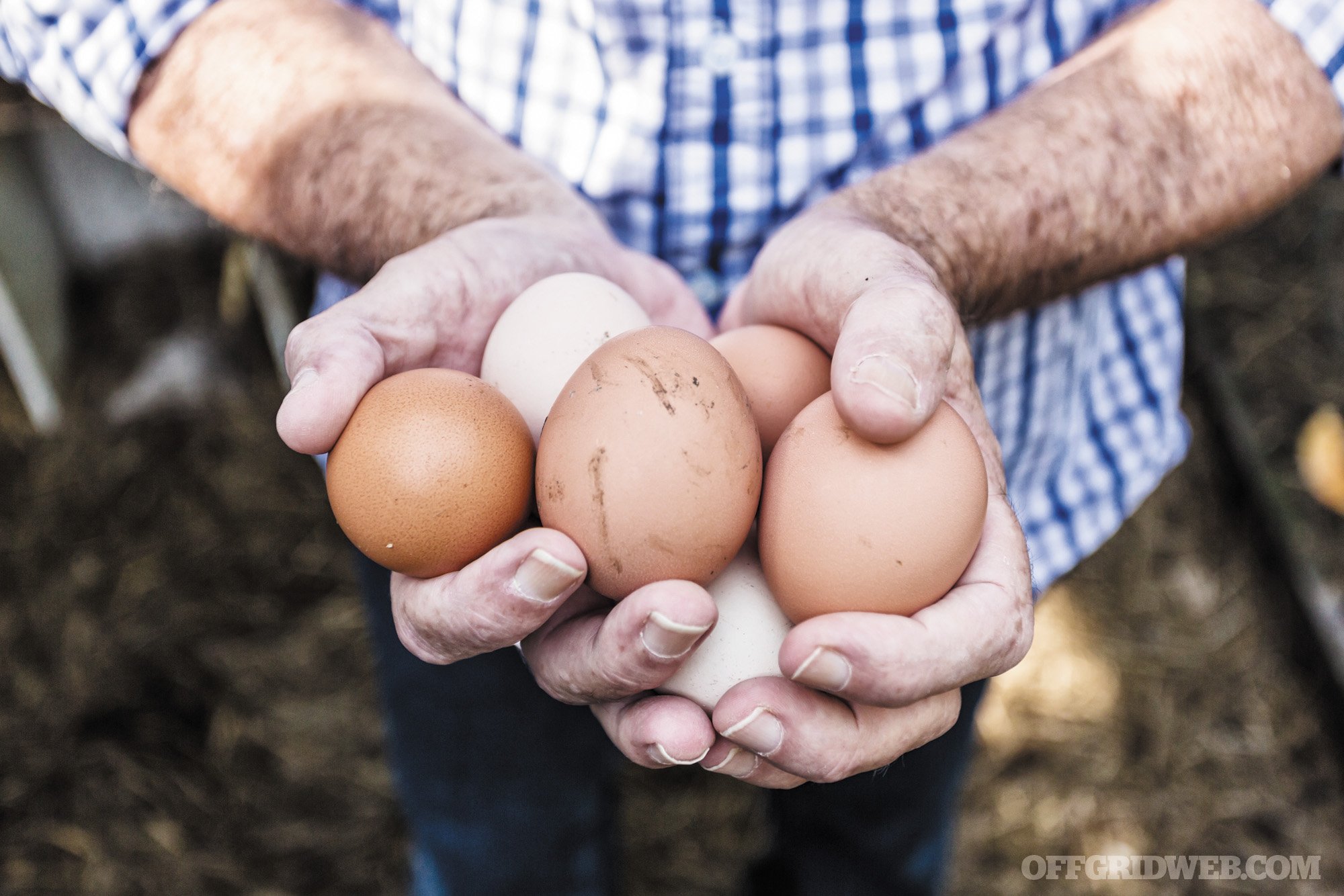
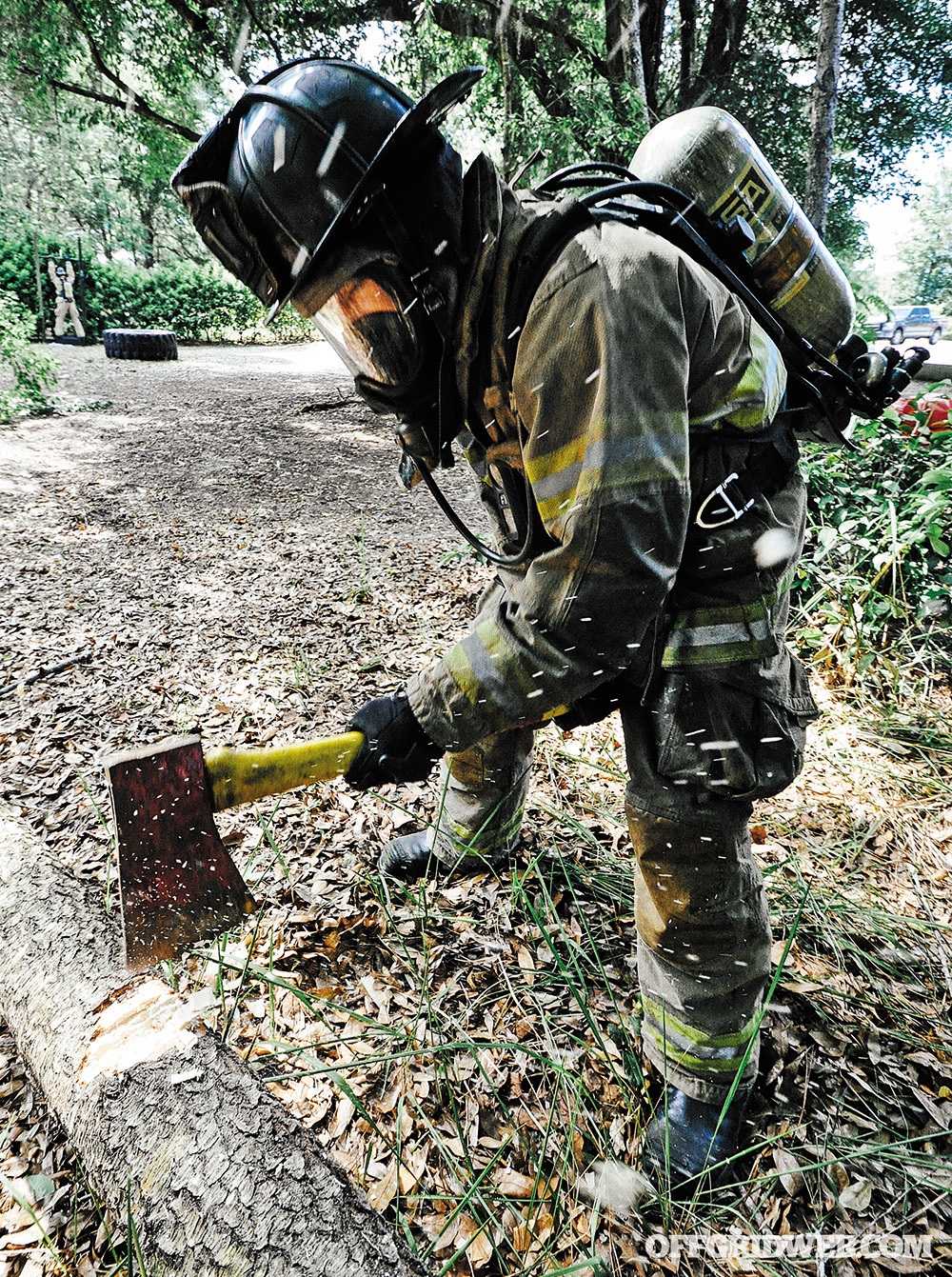



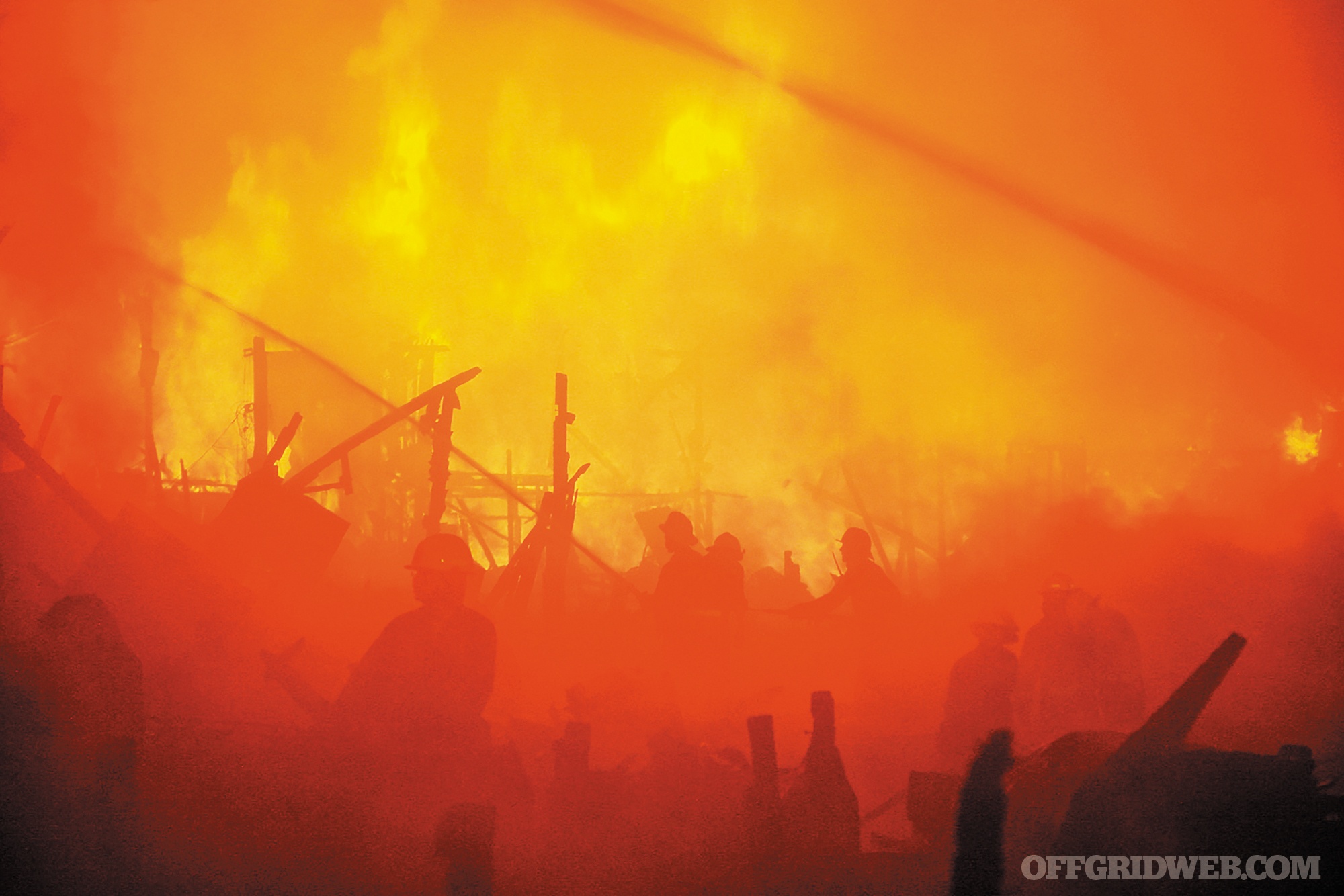

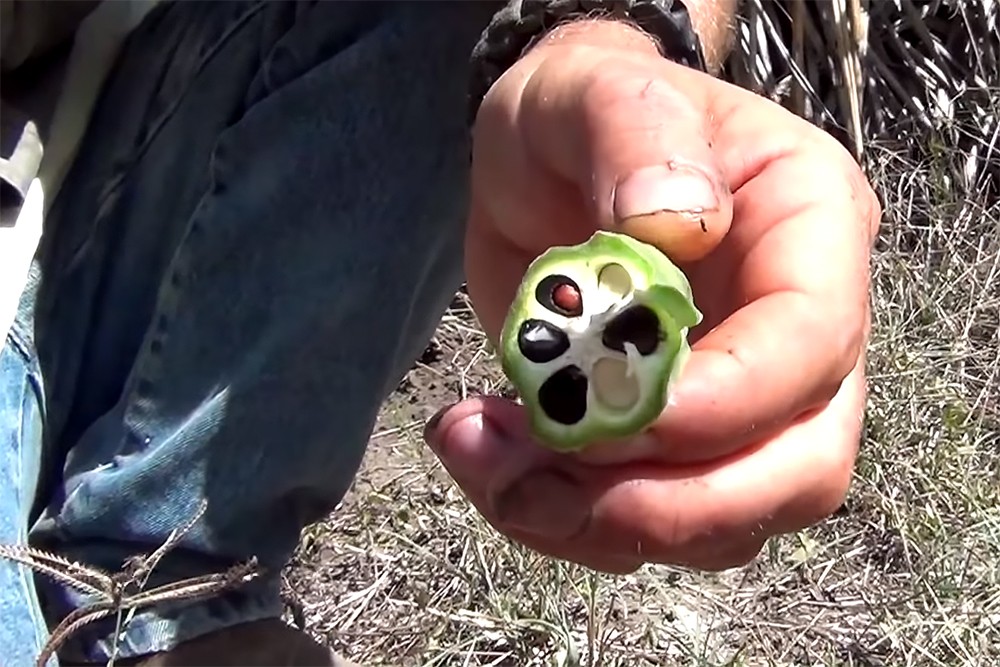





 Ryan Lee Price
Ryan Lee Price Candice Horner
Candice Horner

